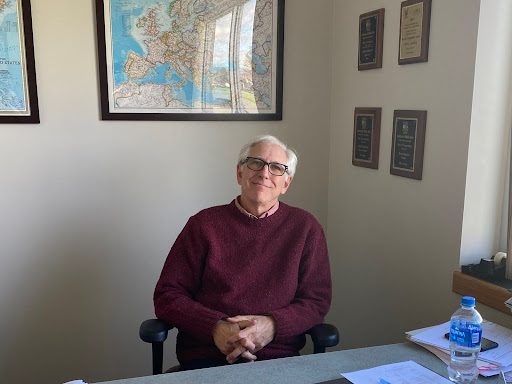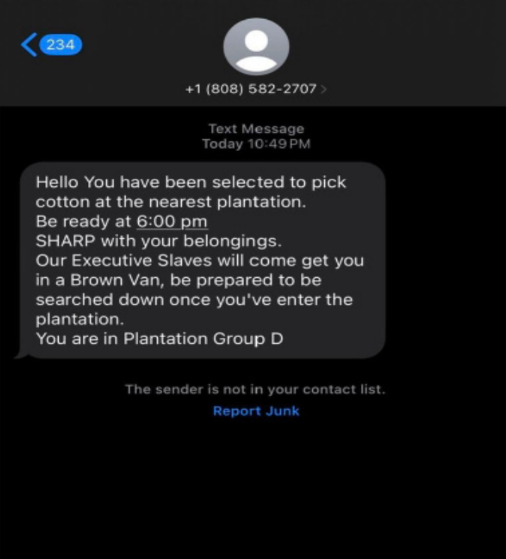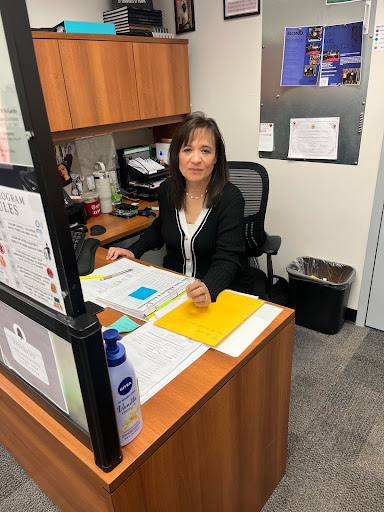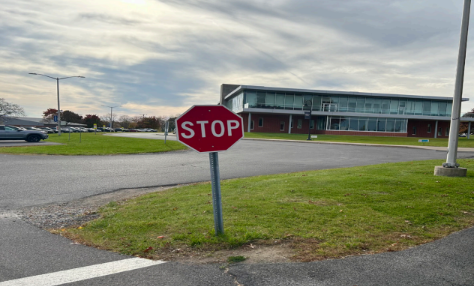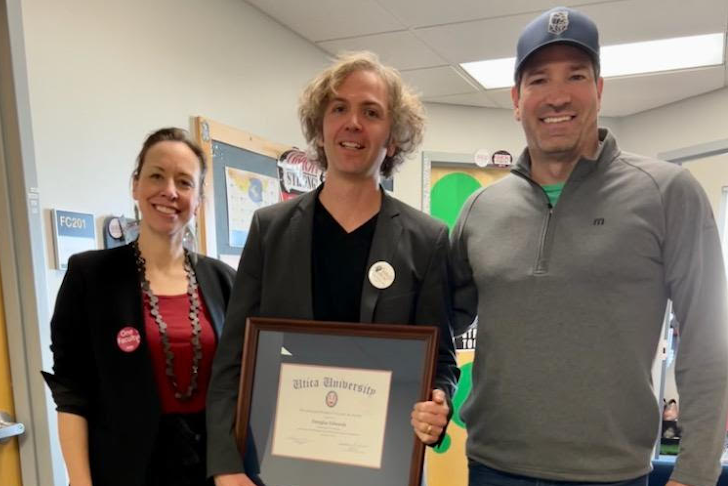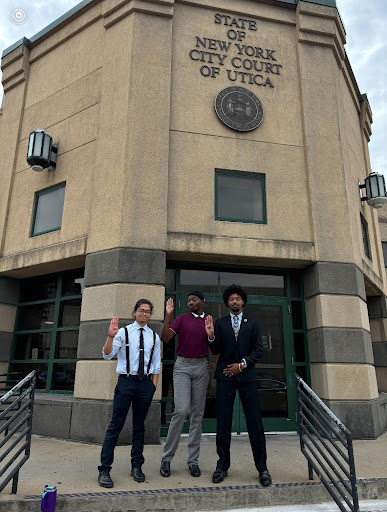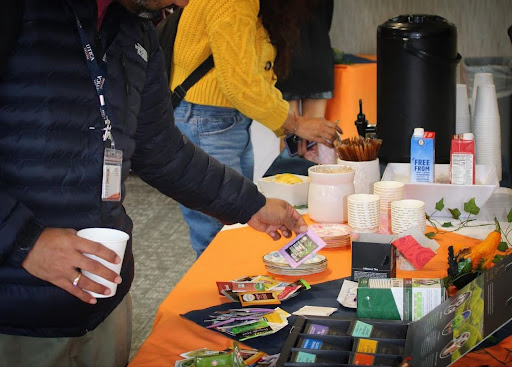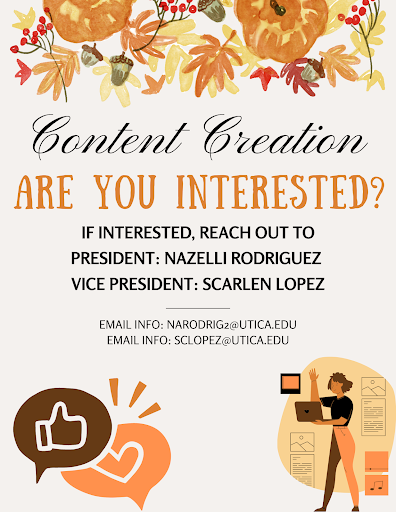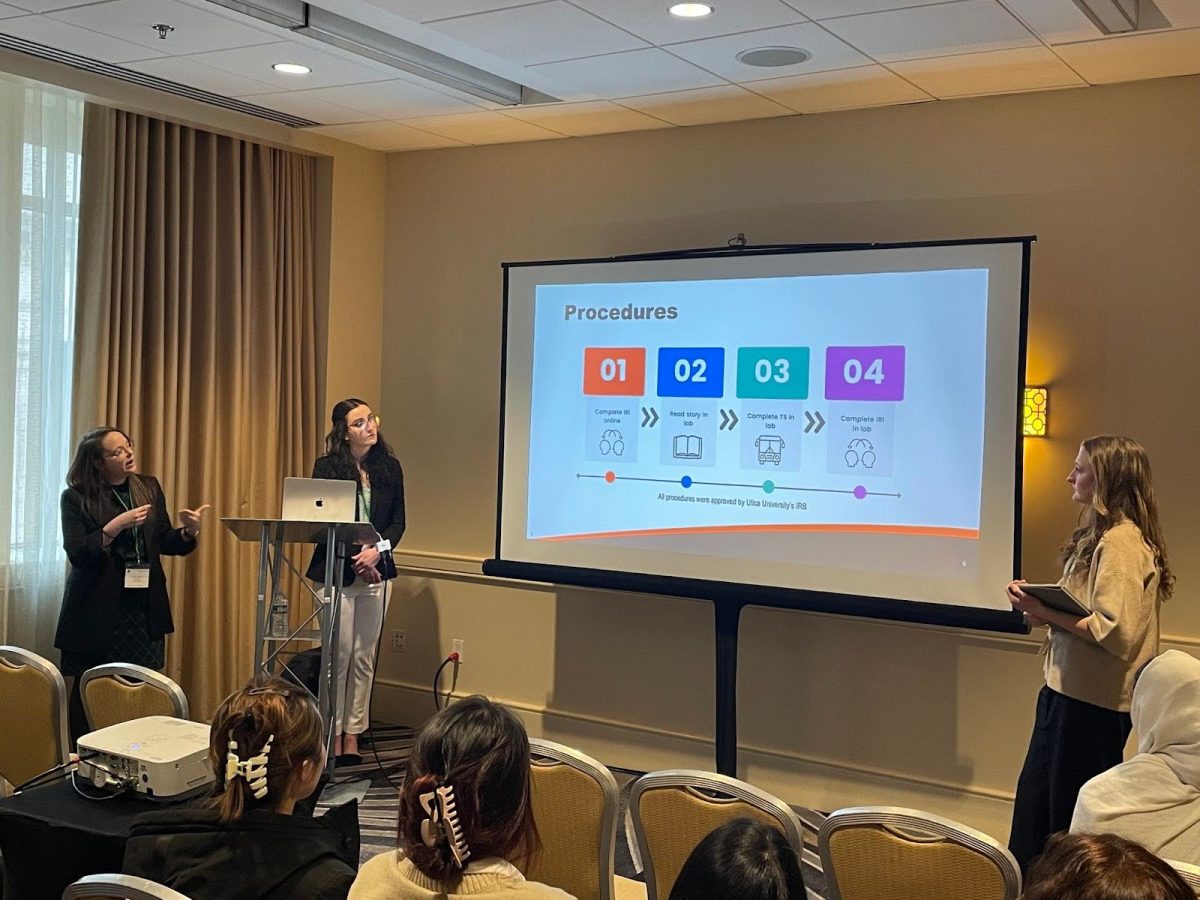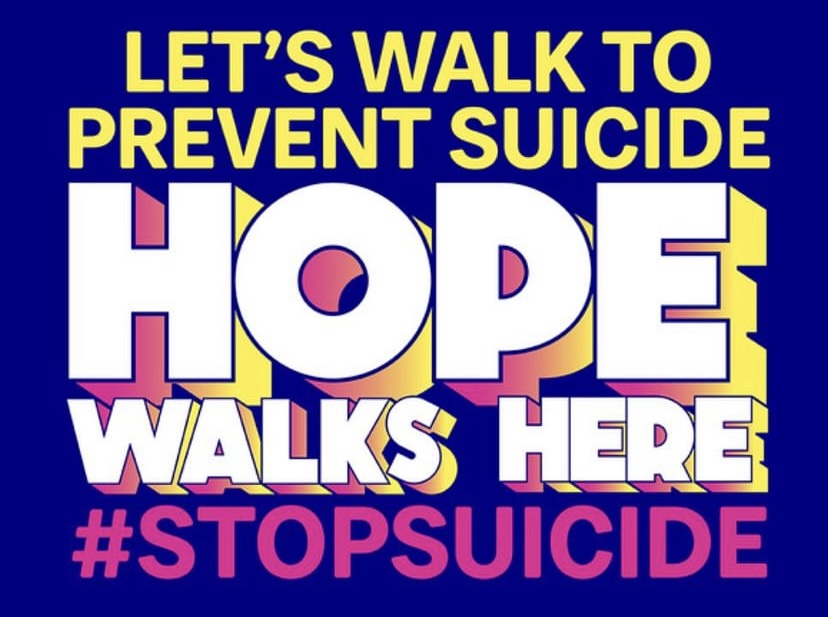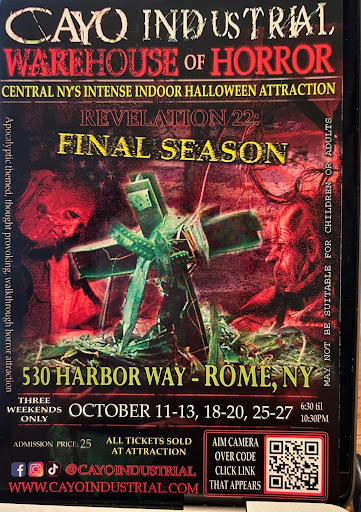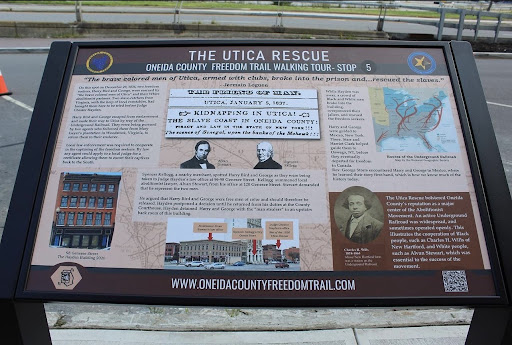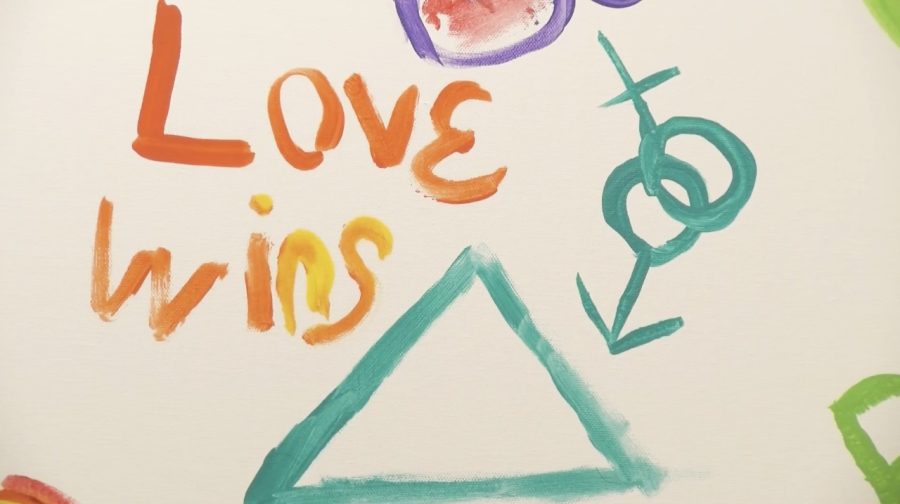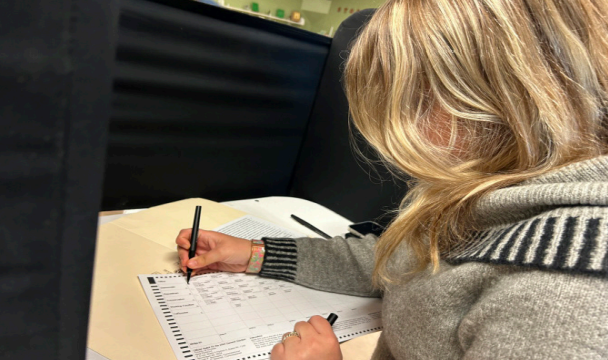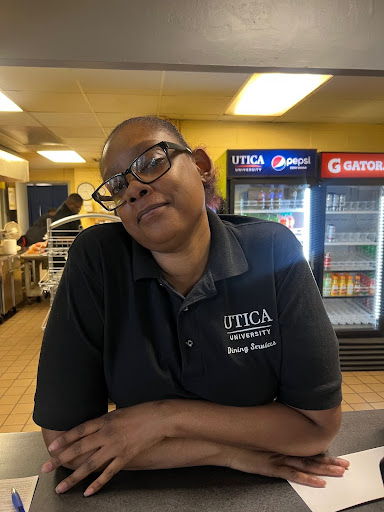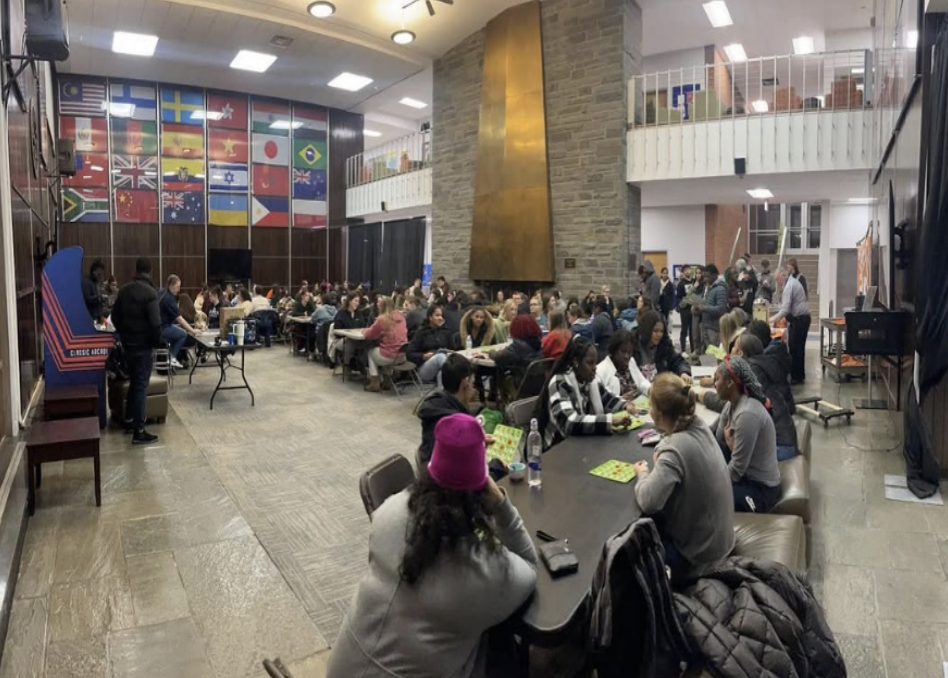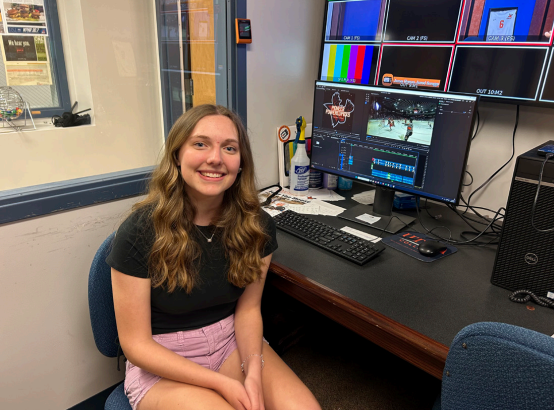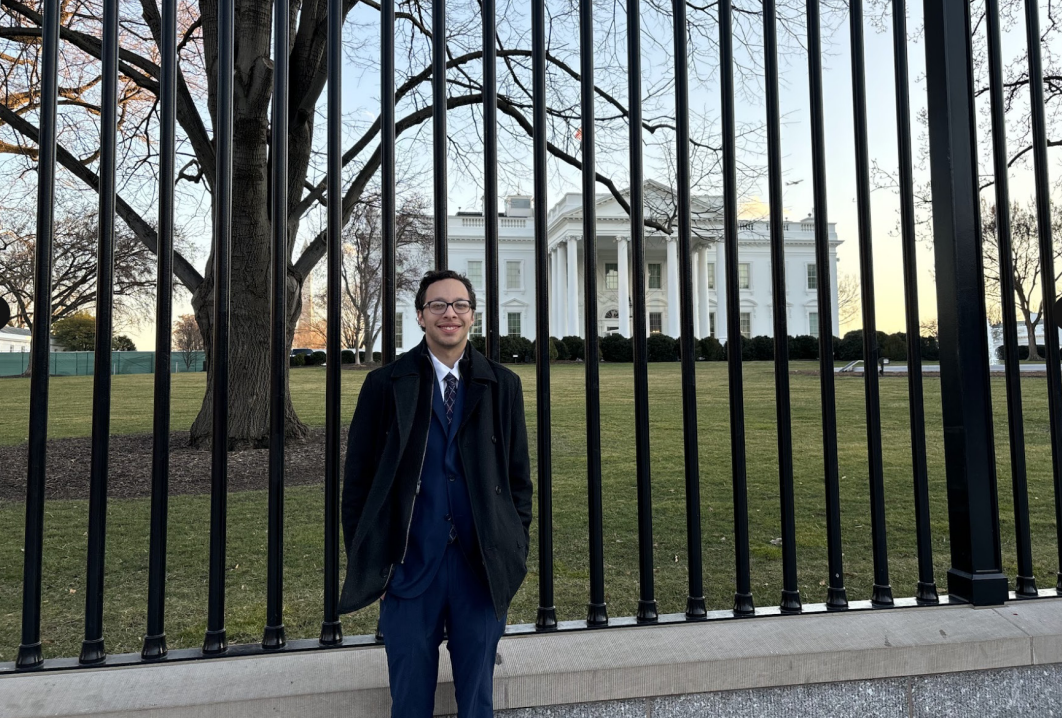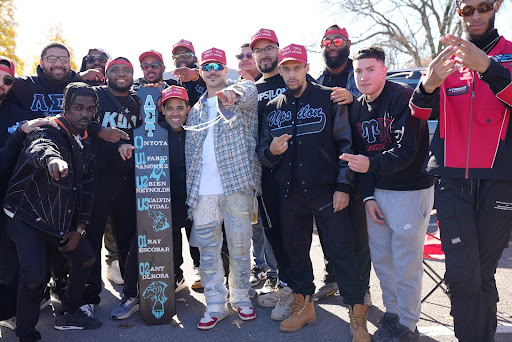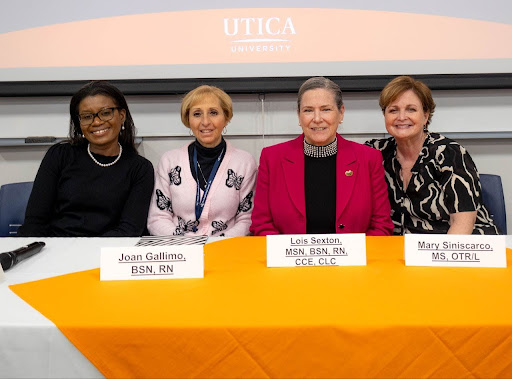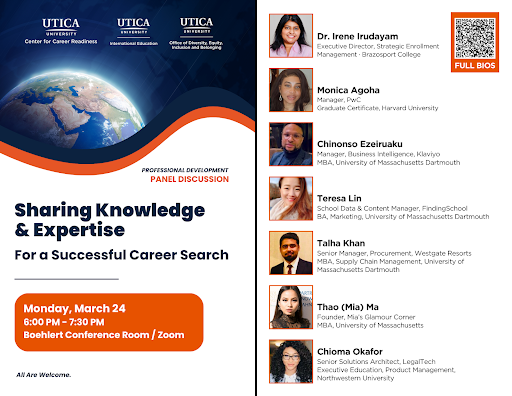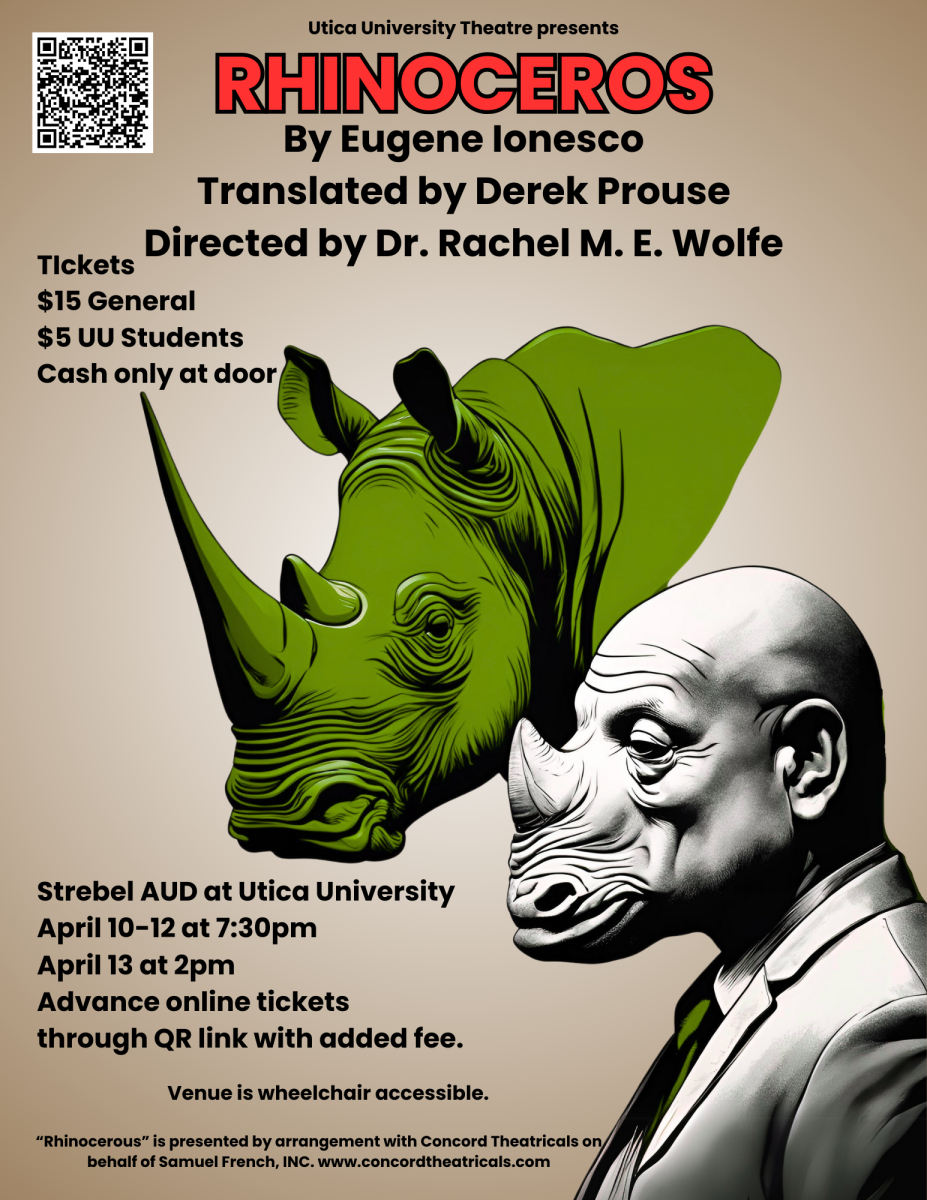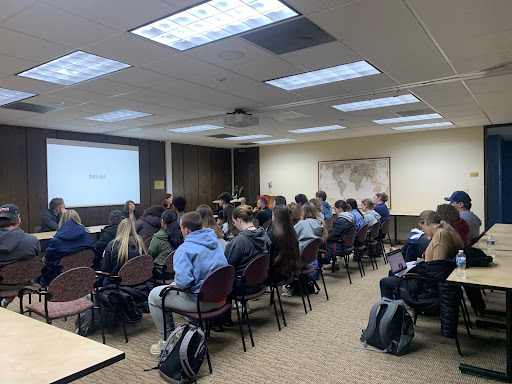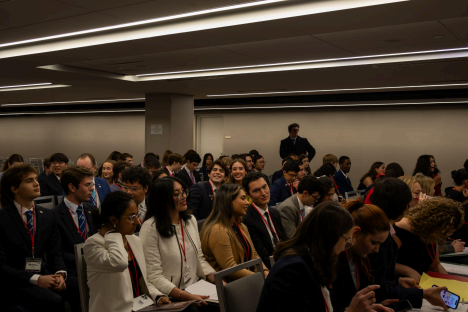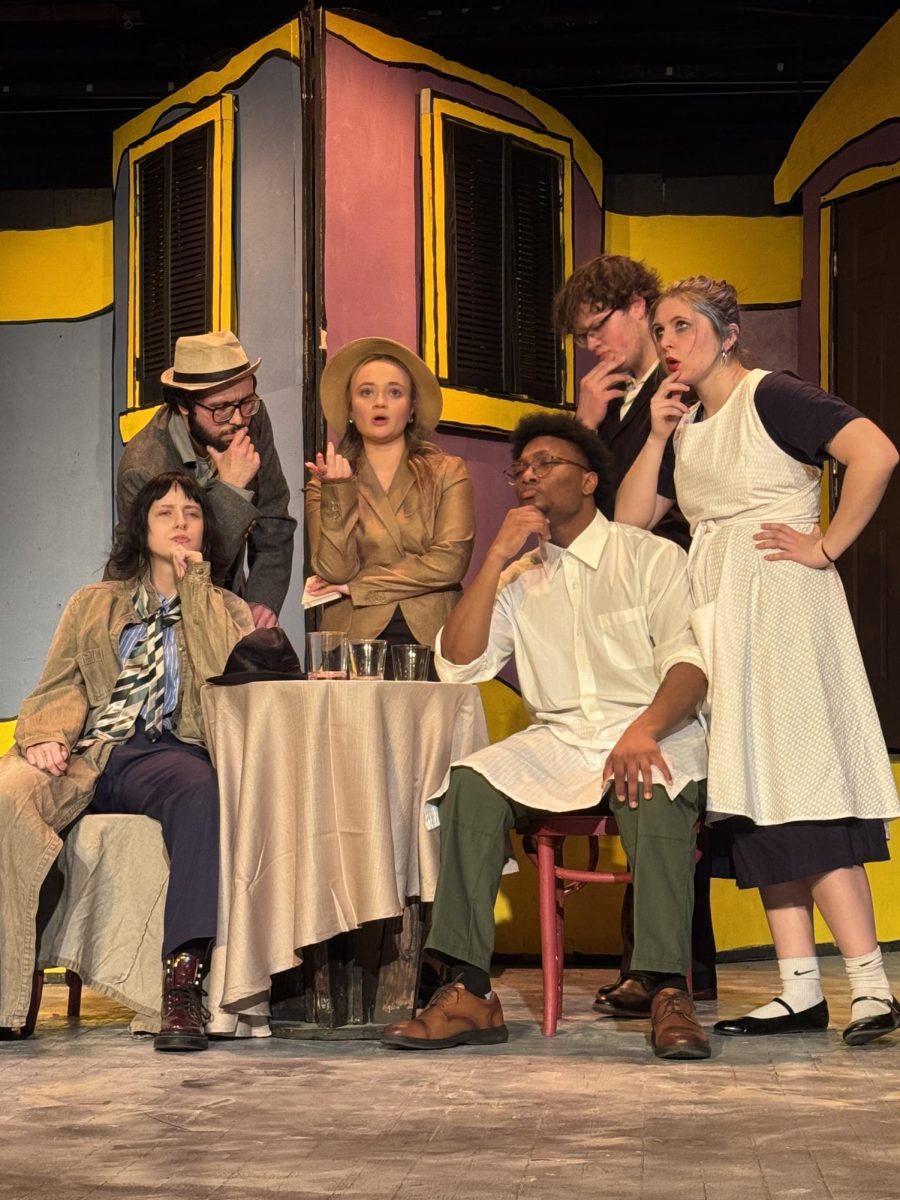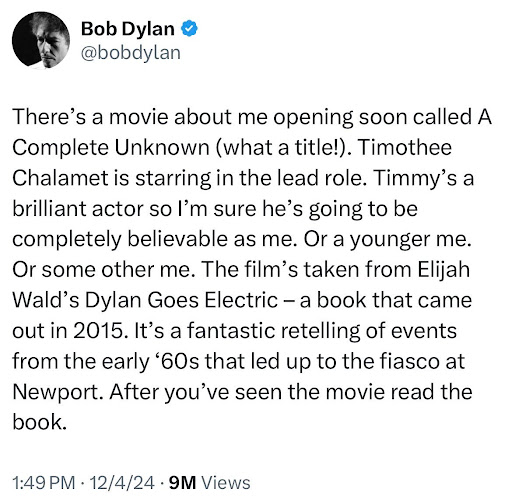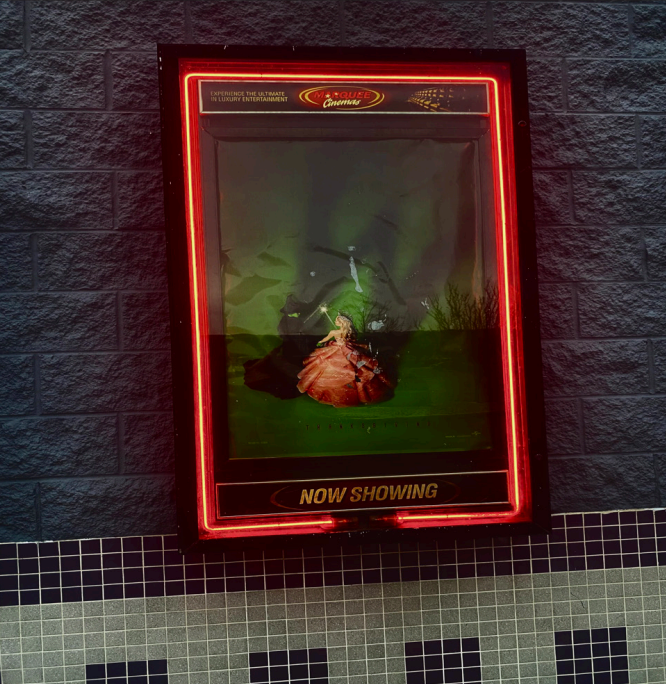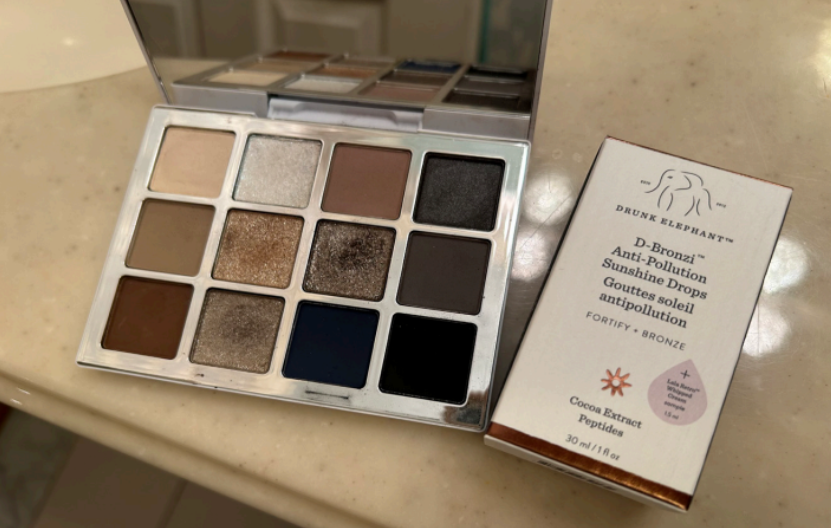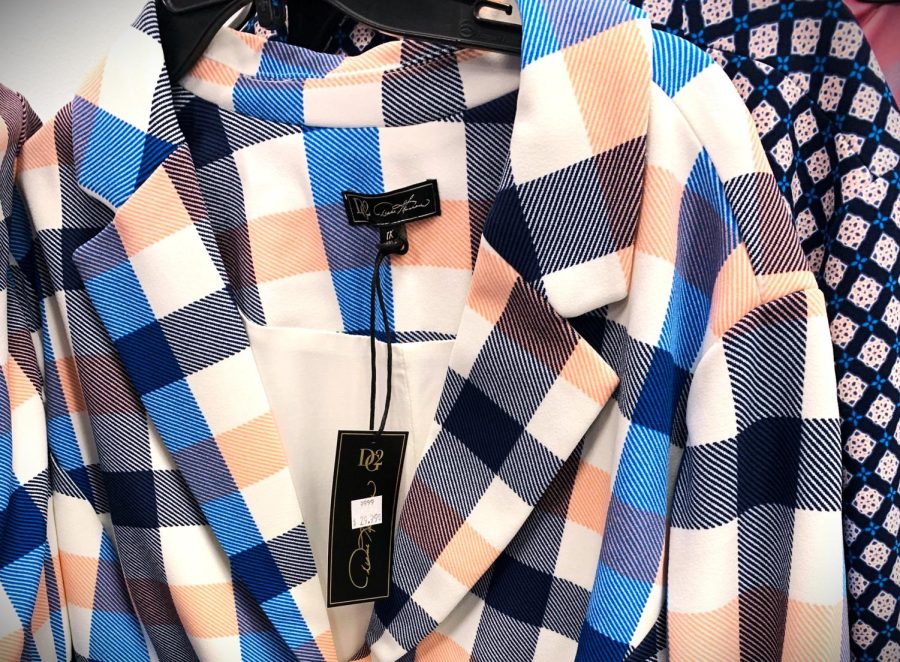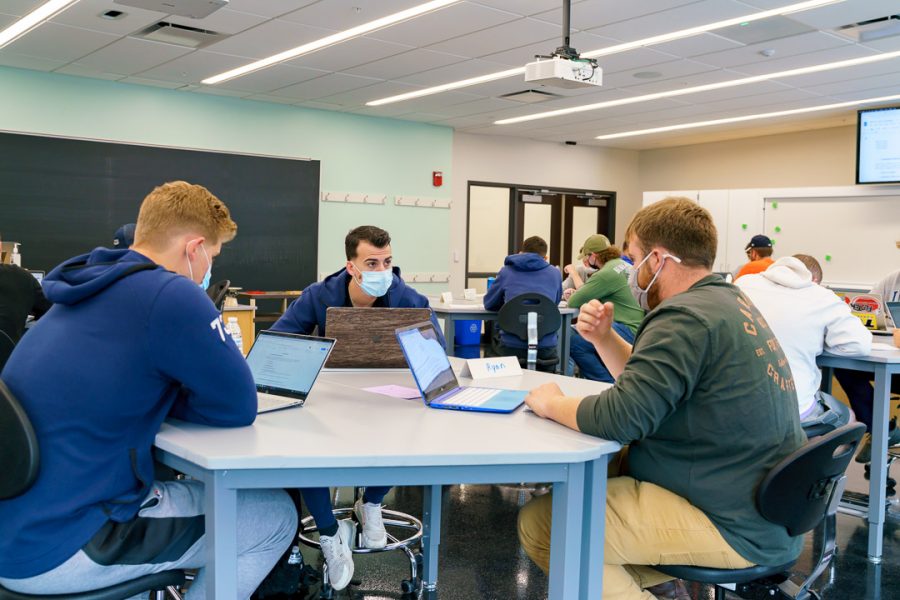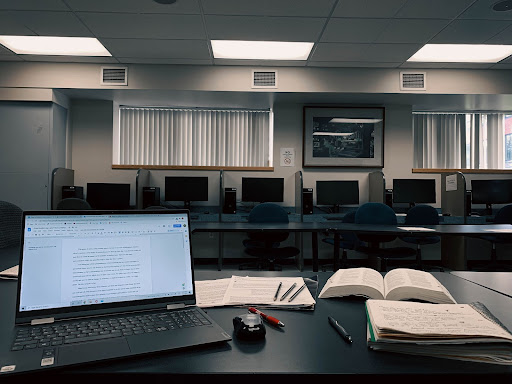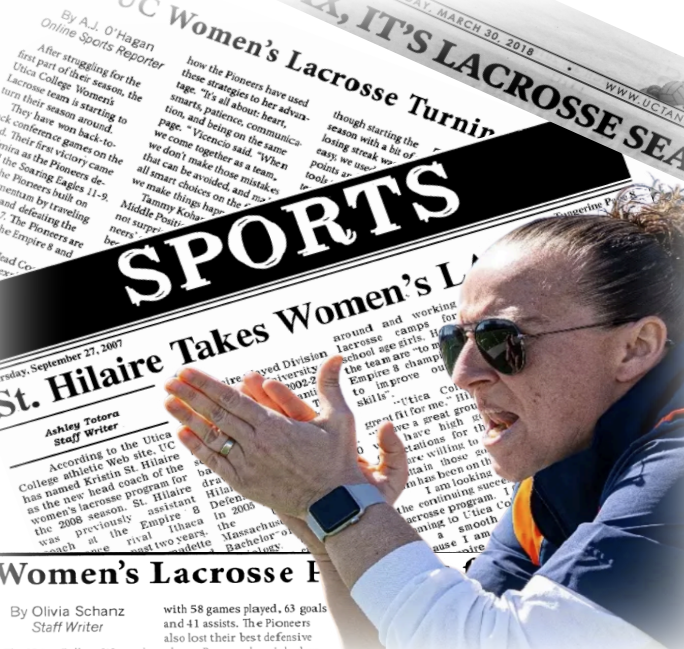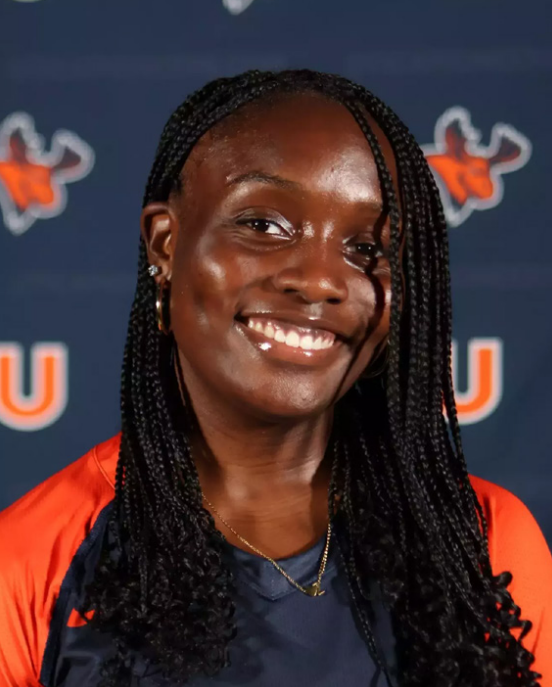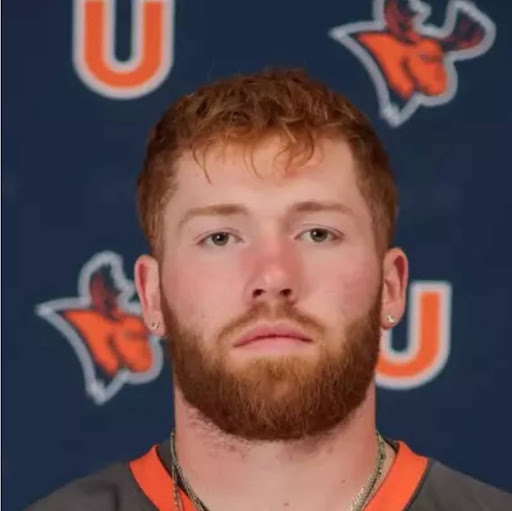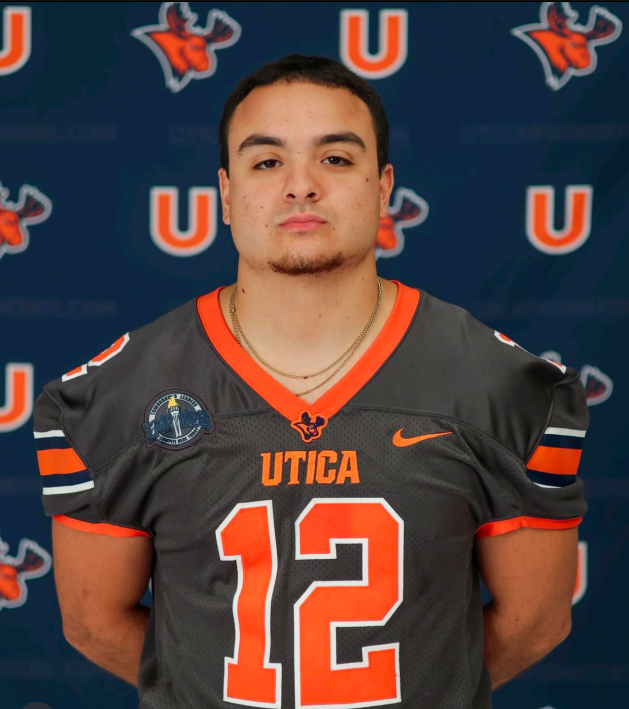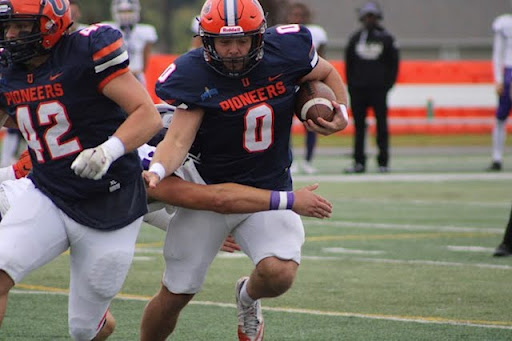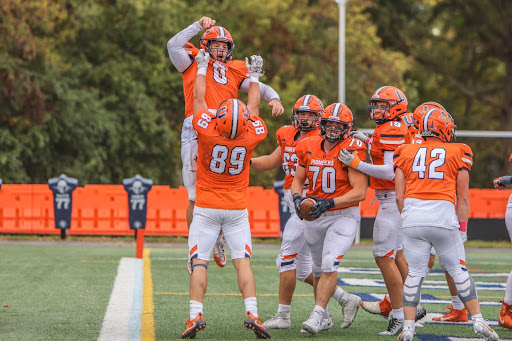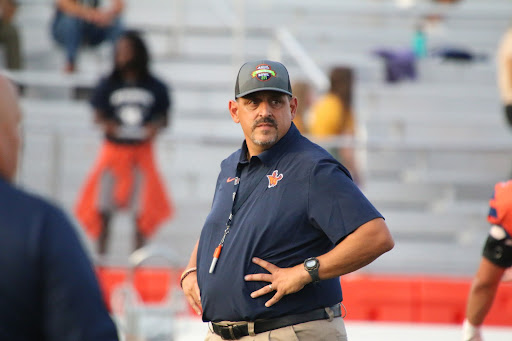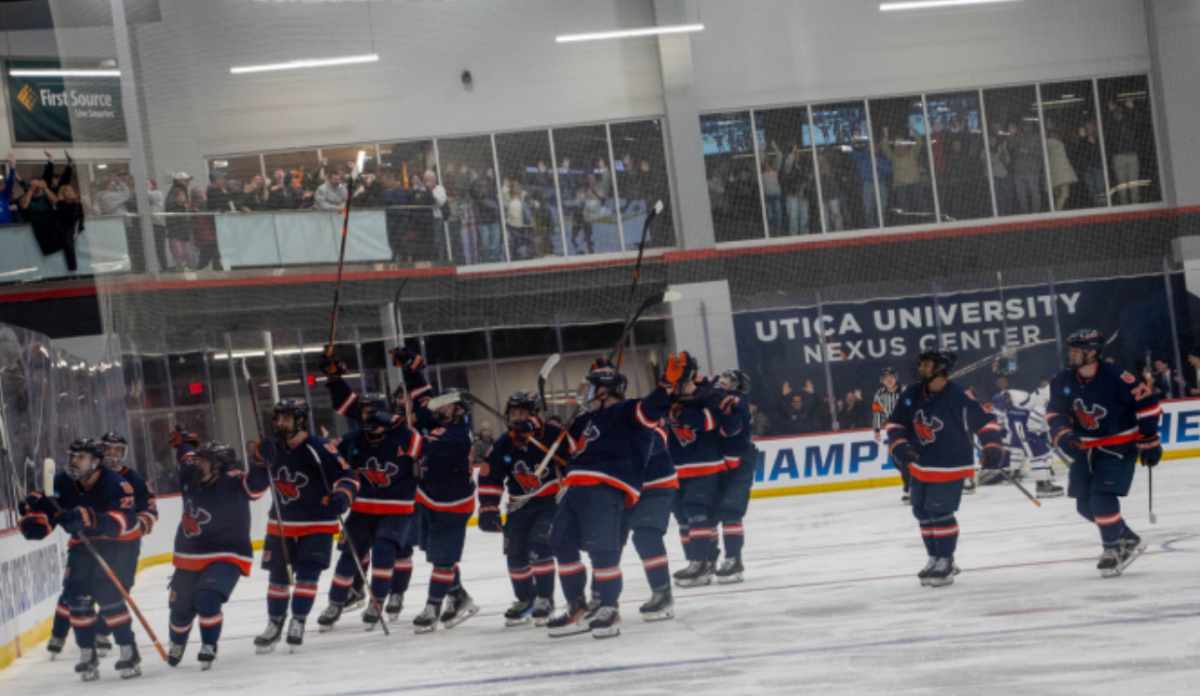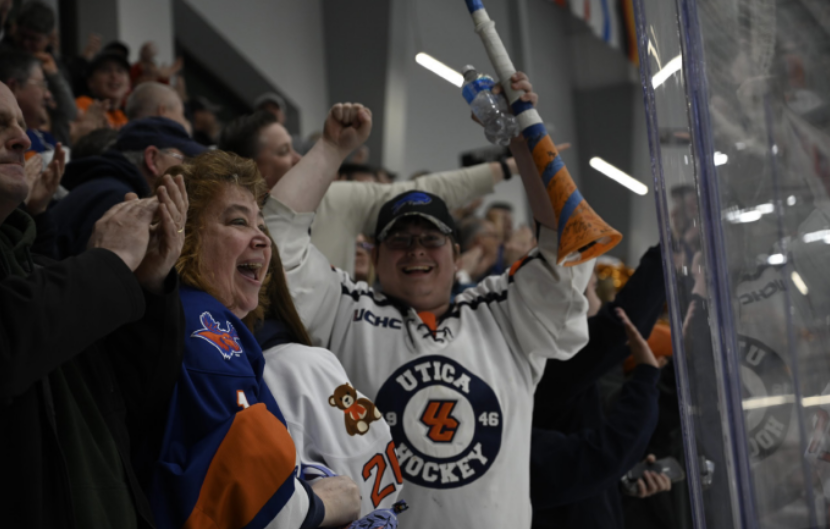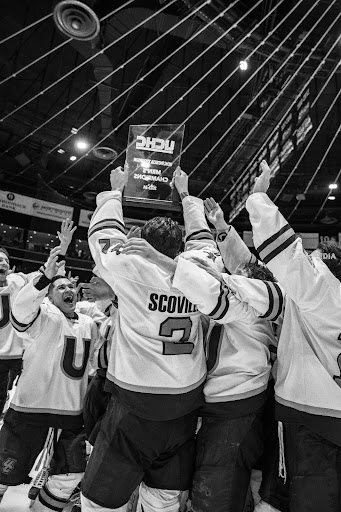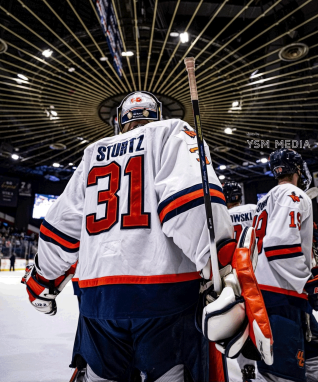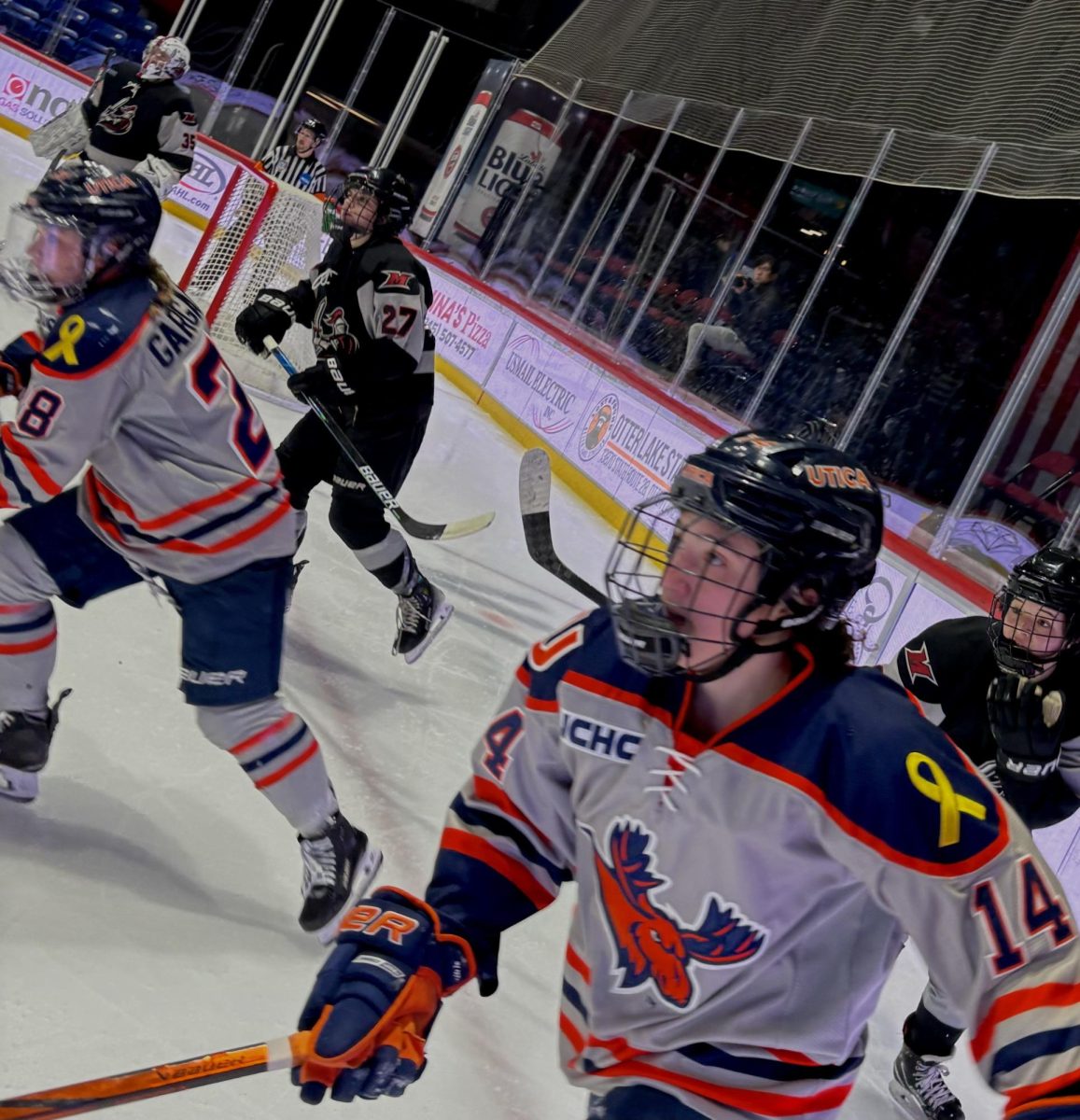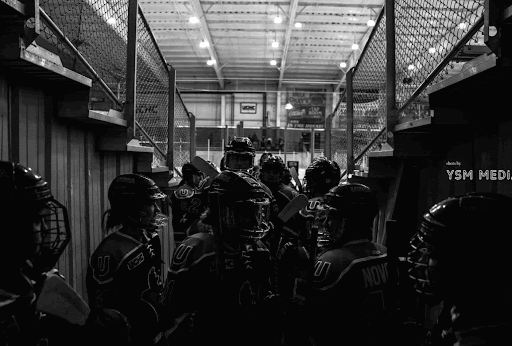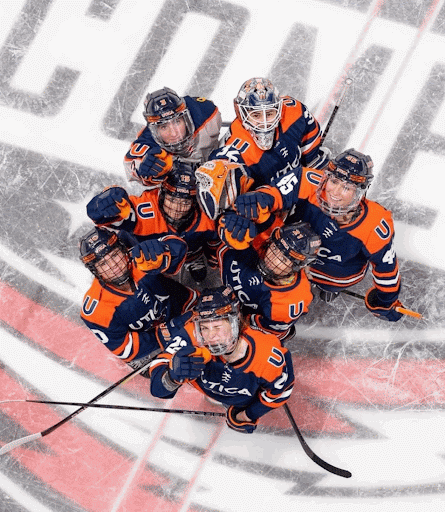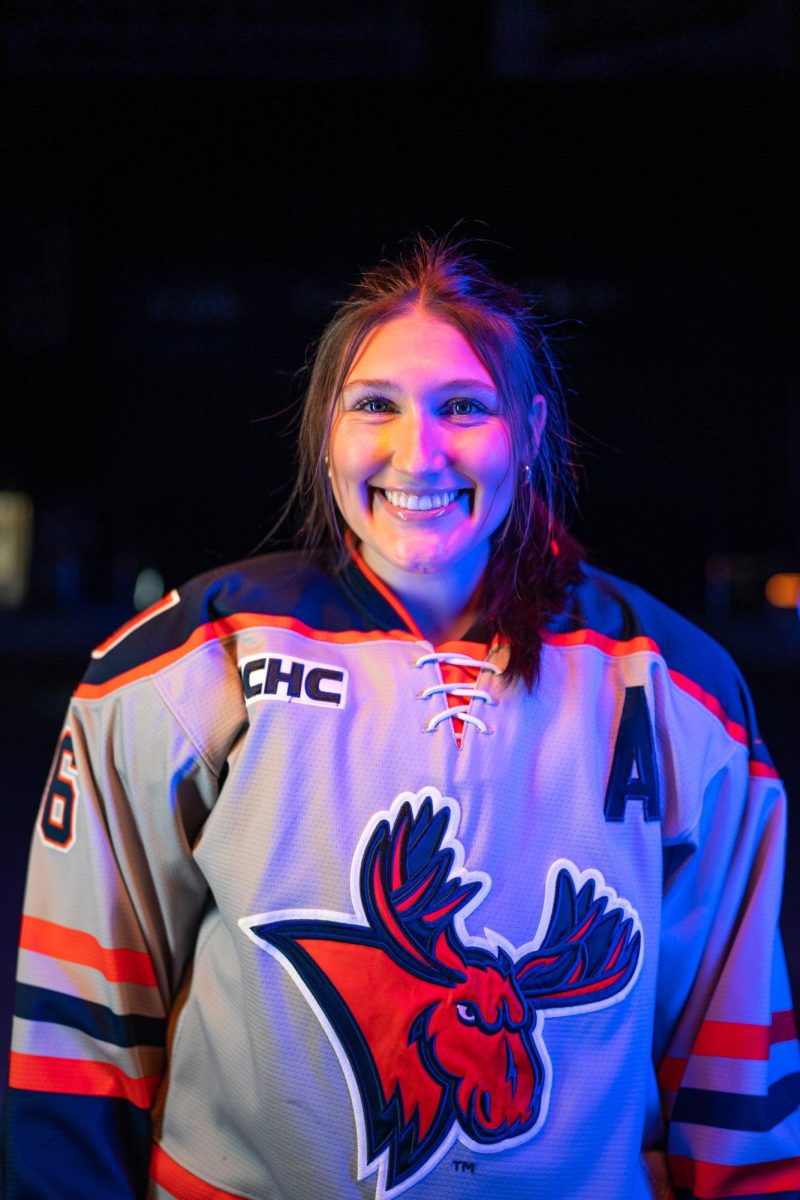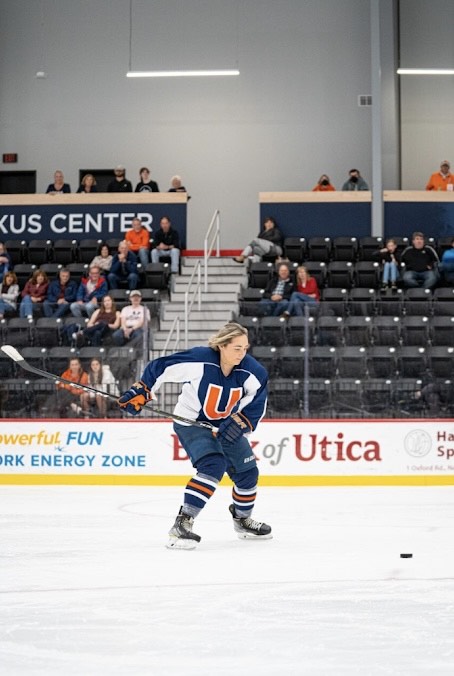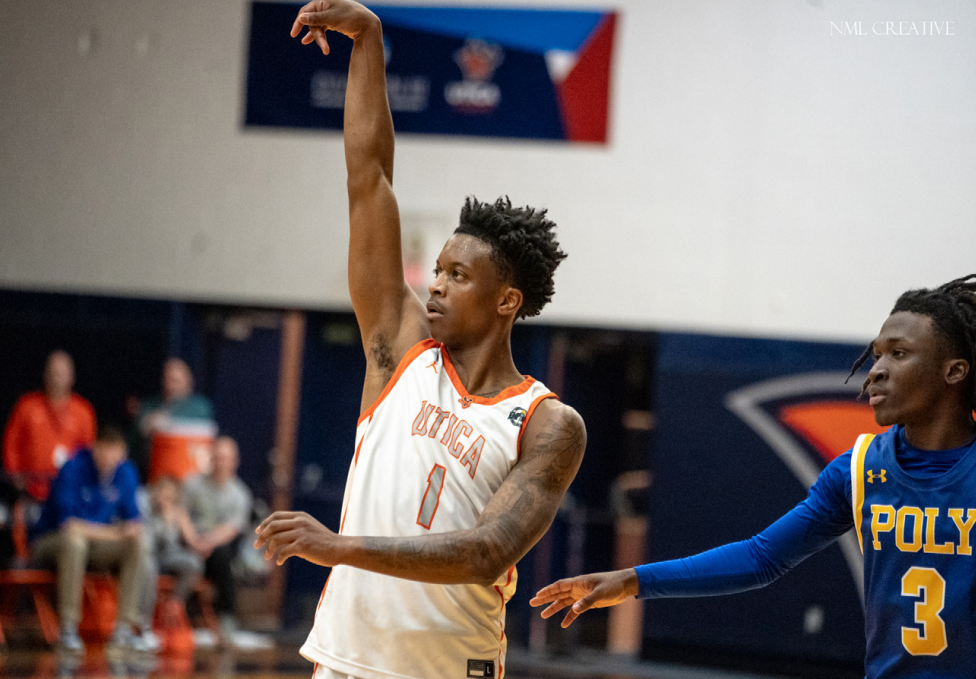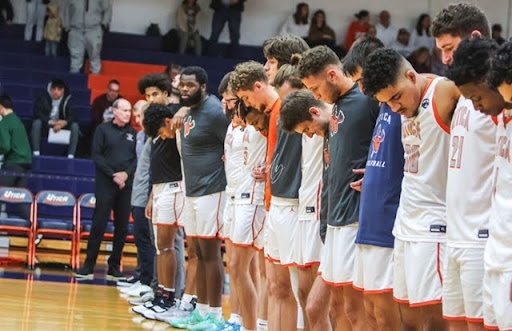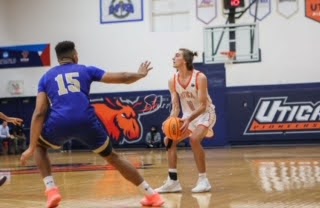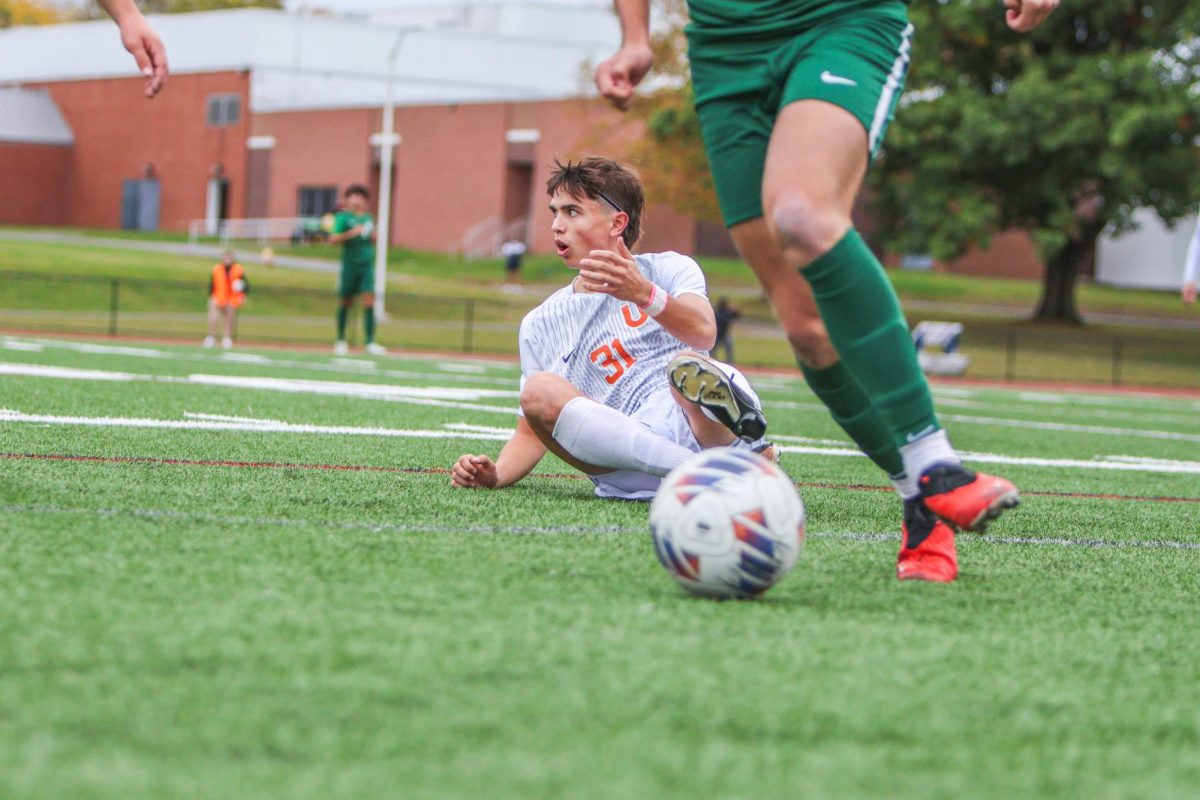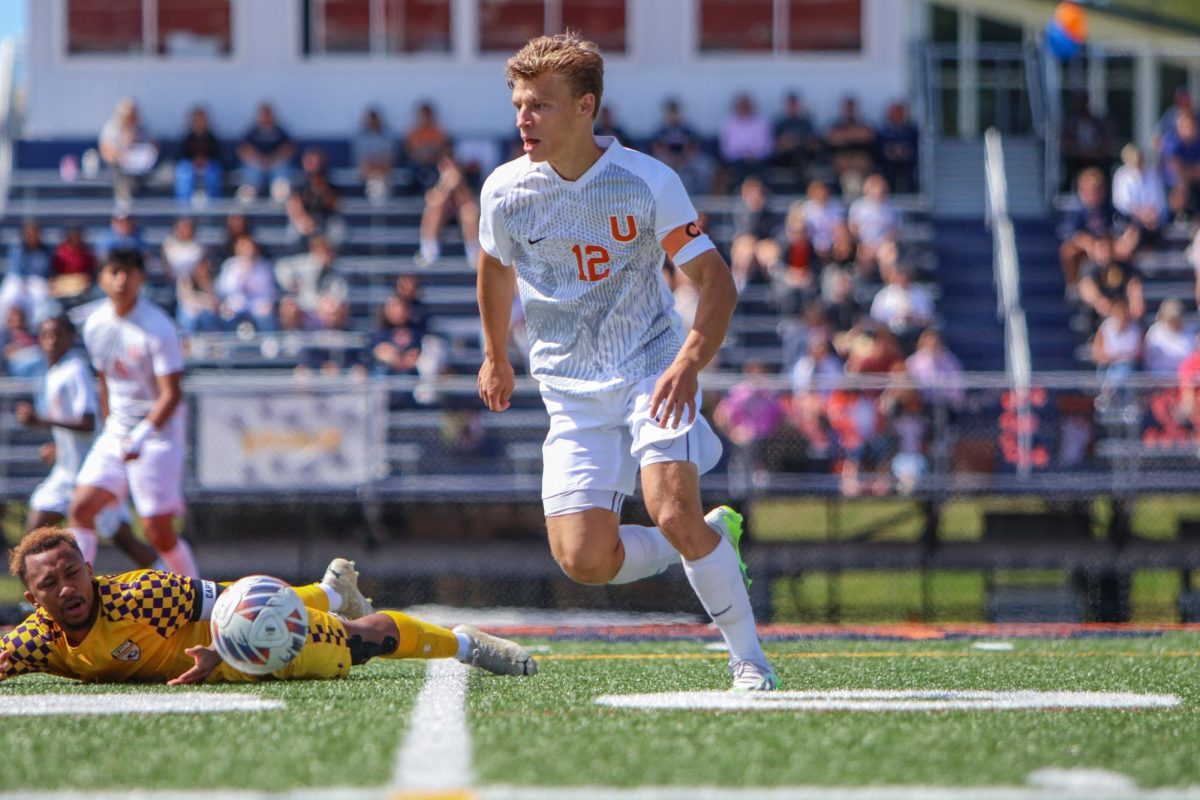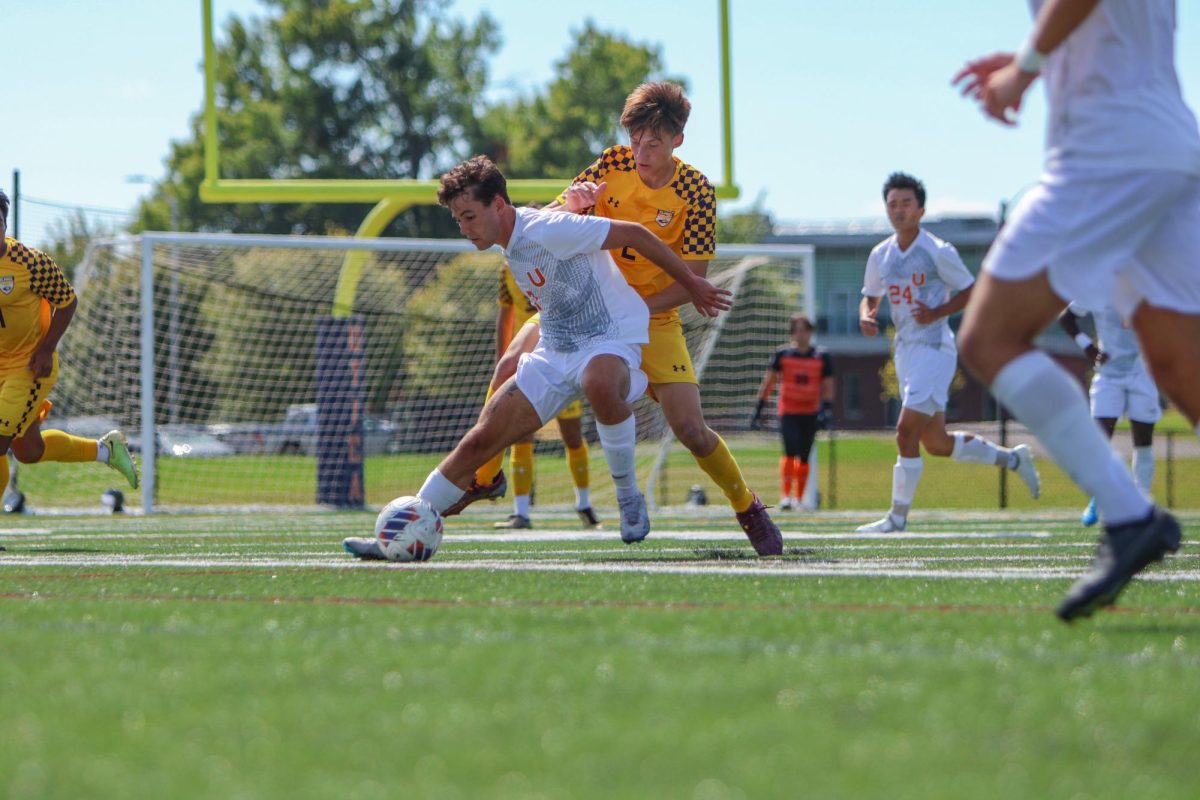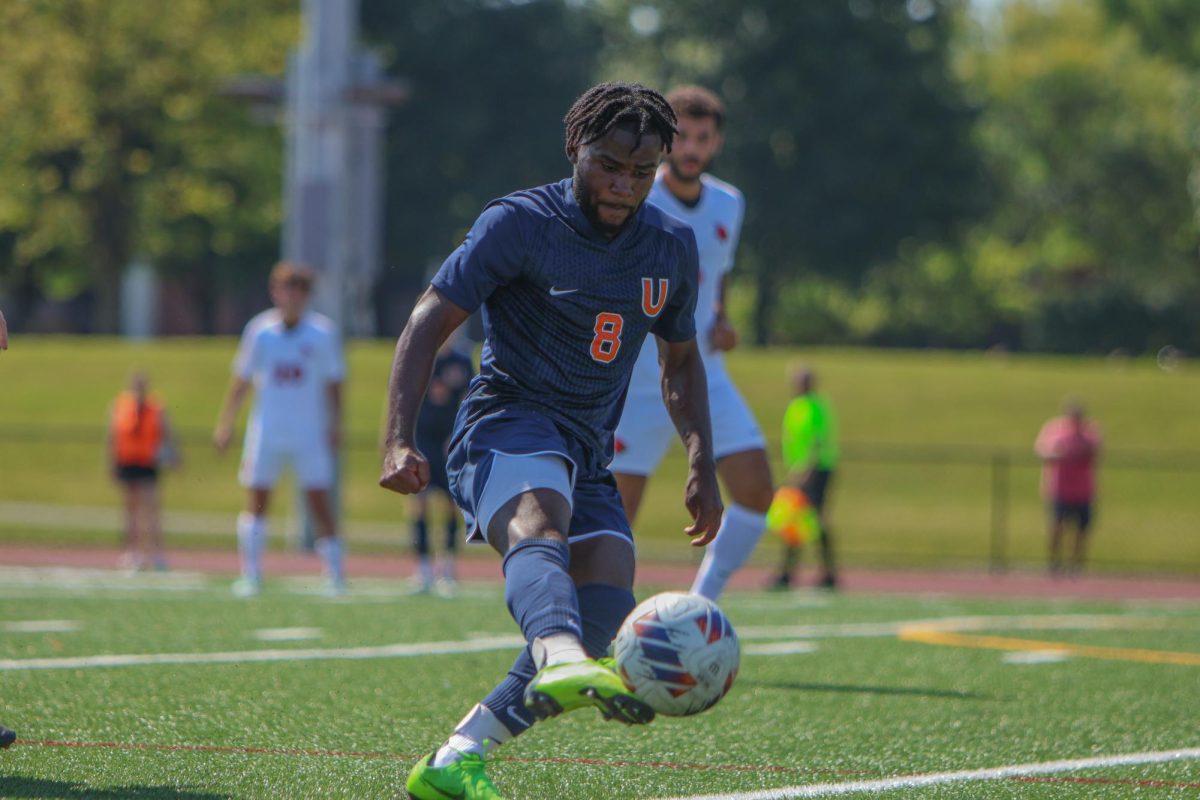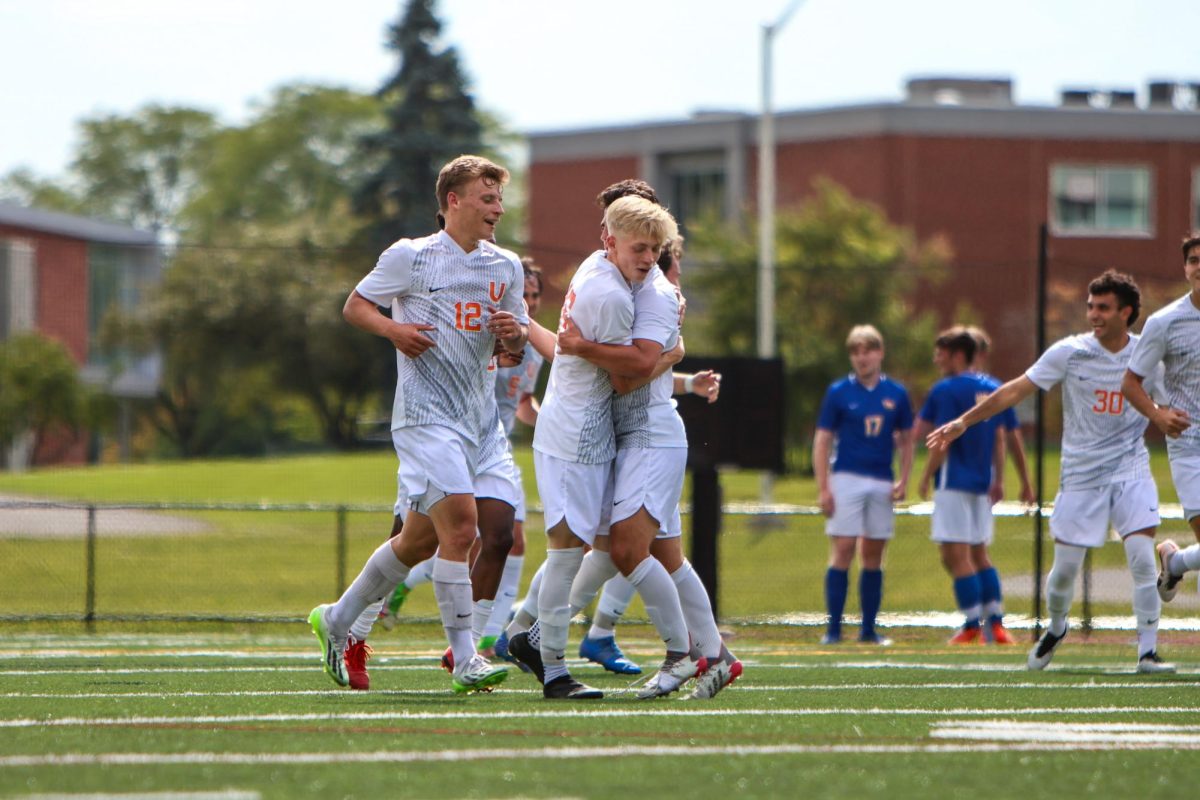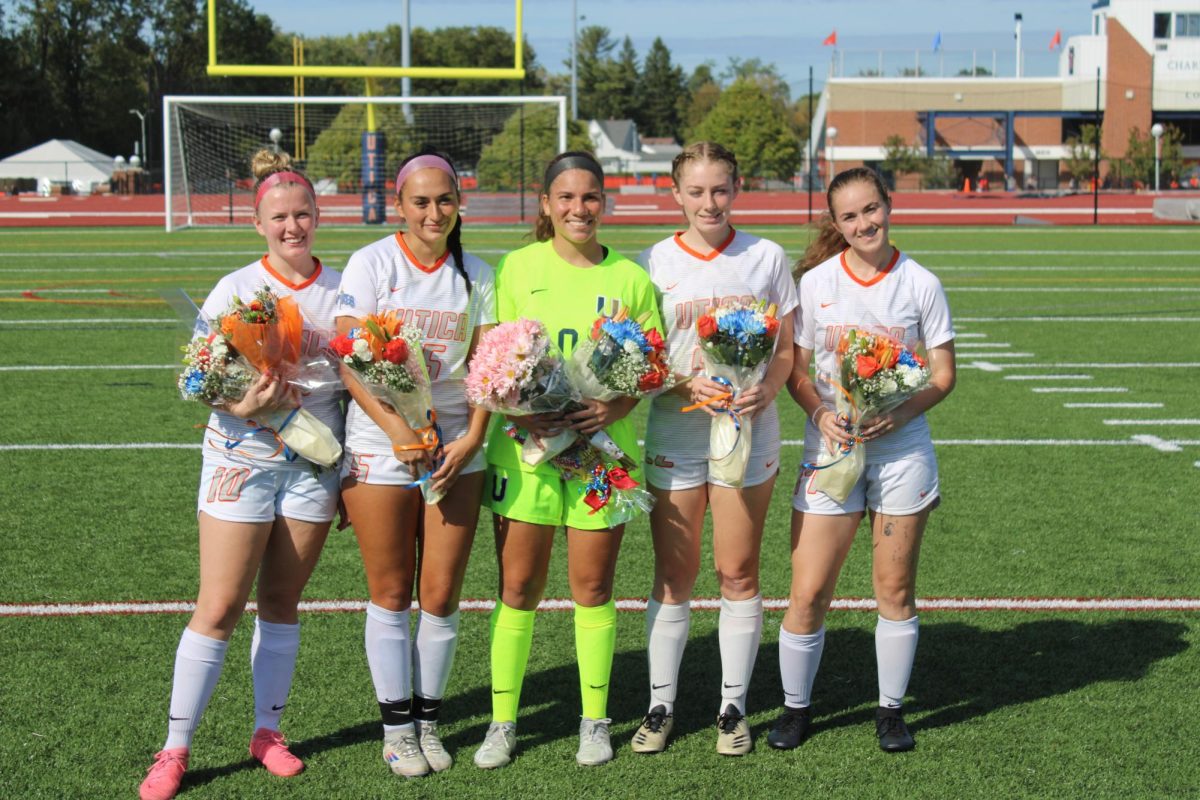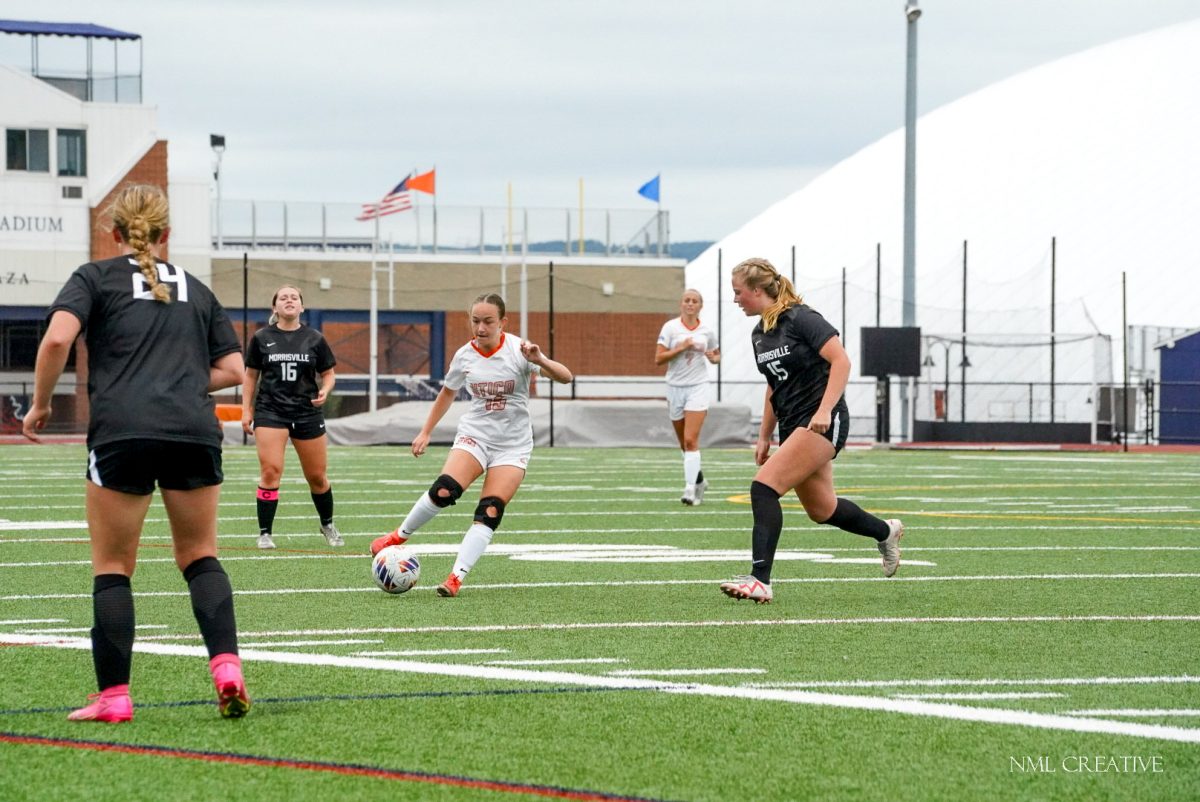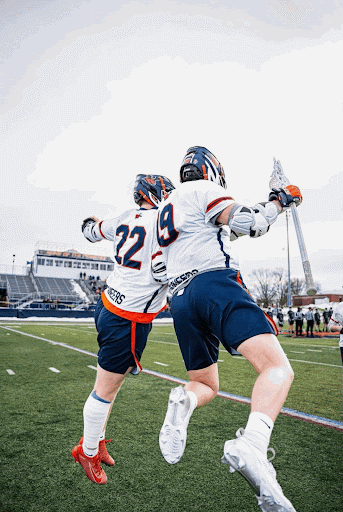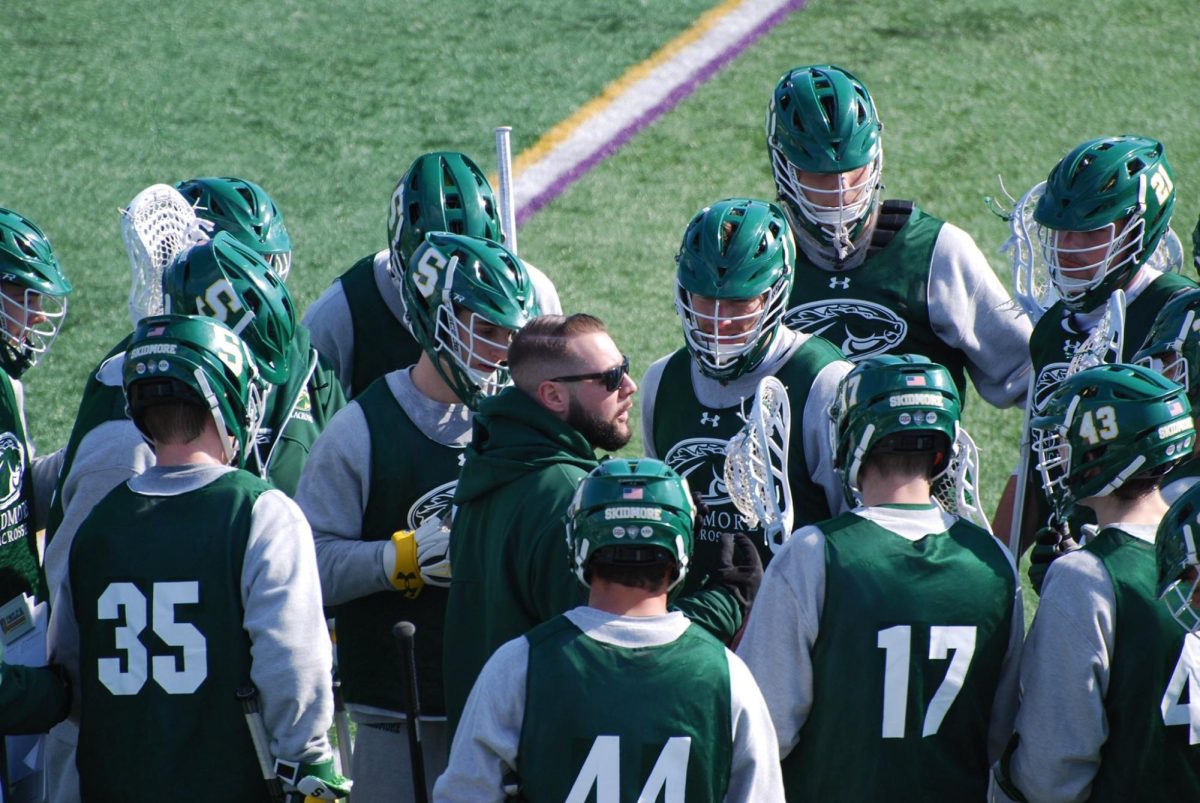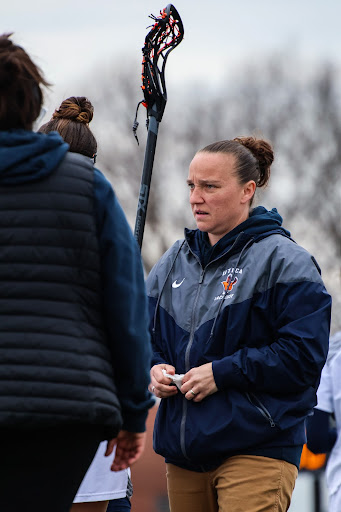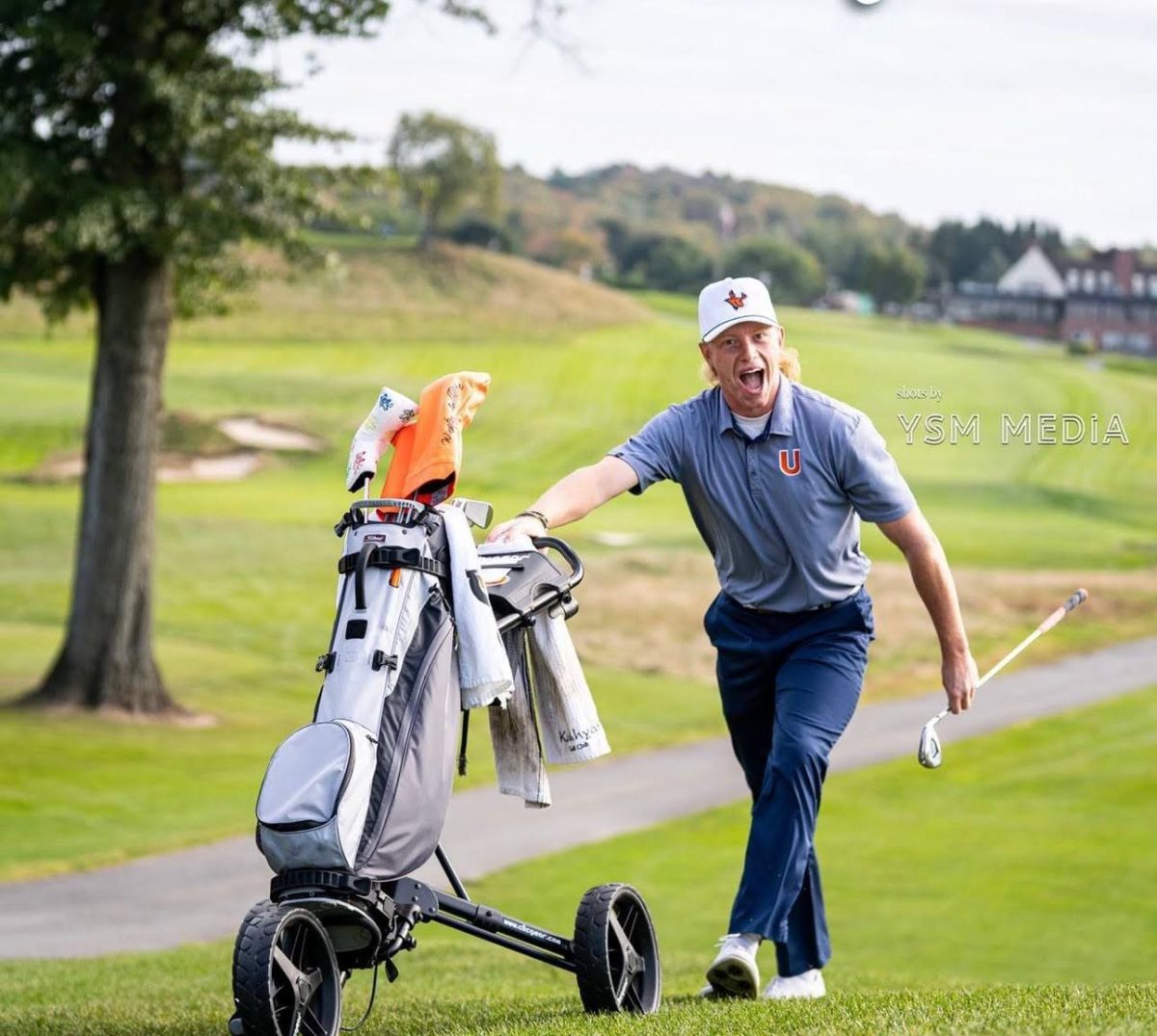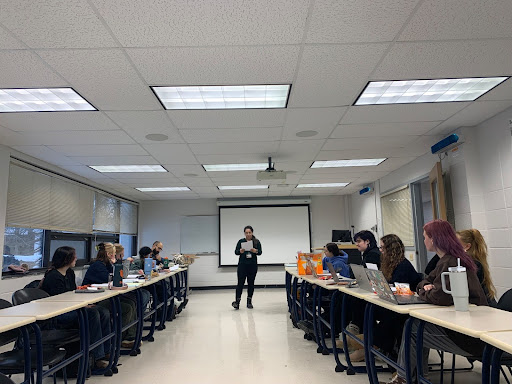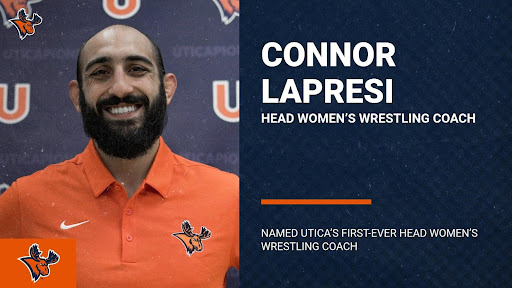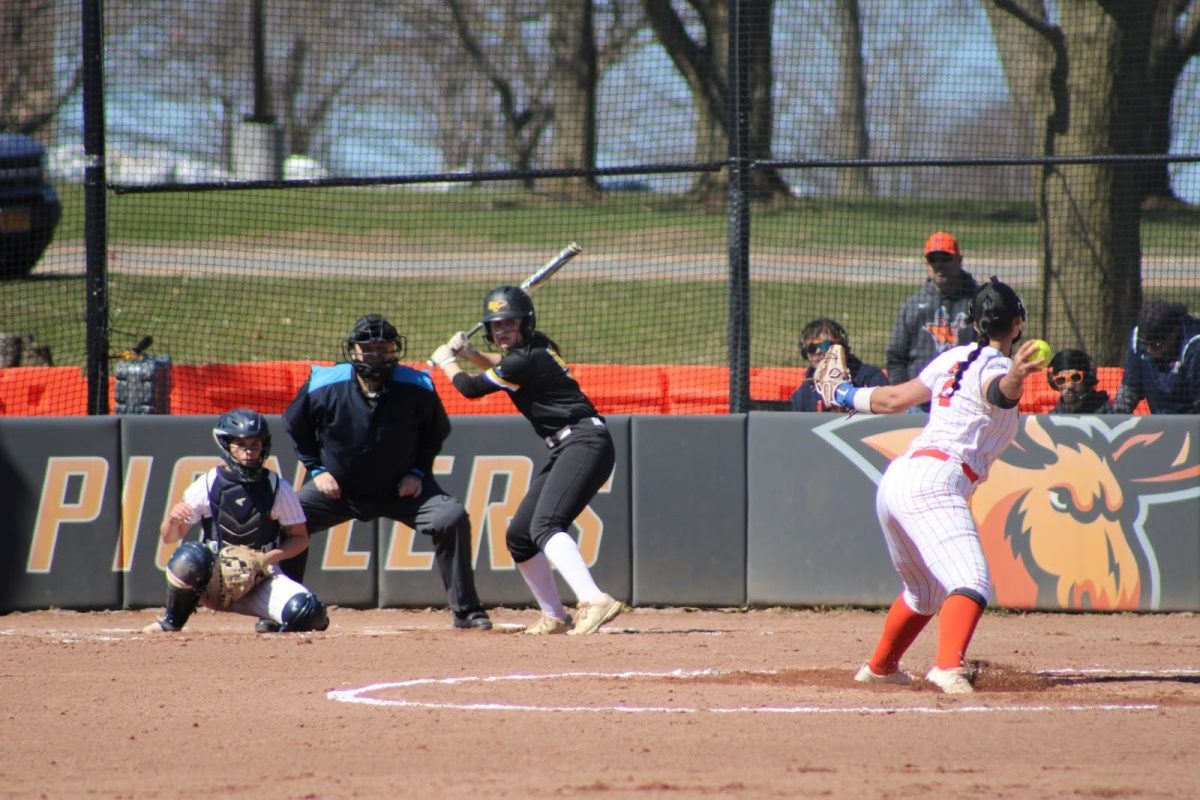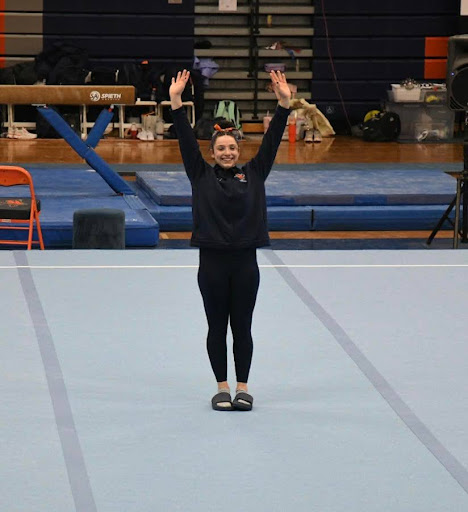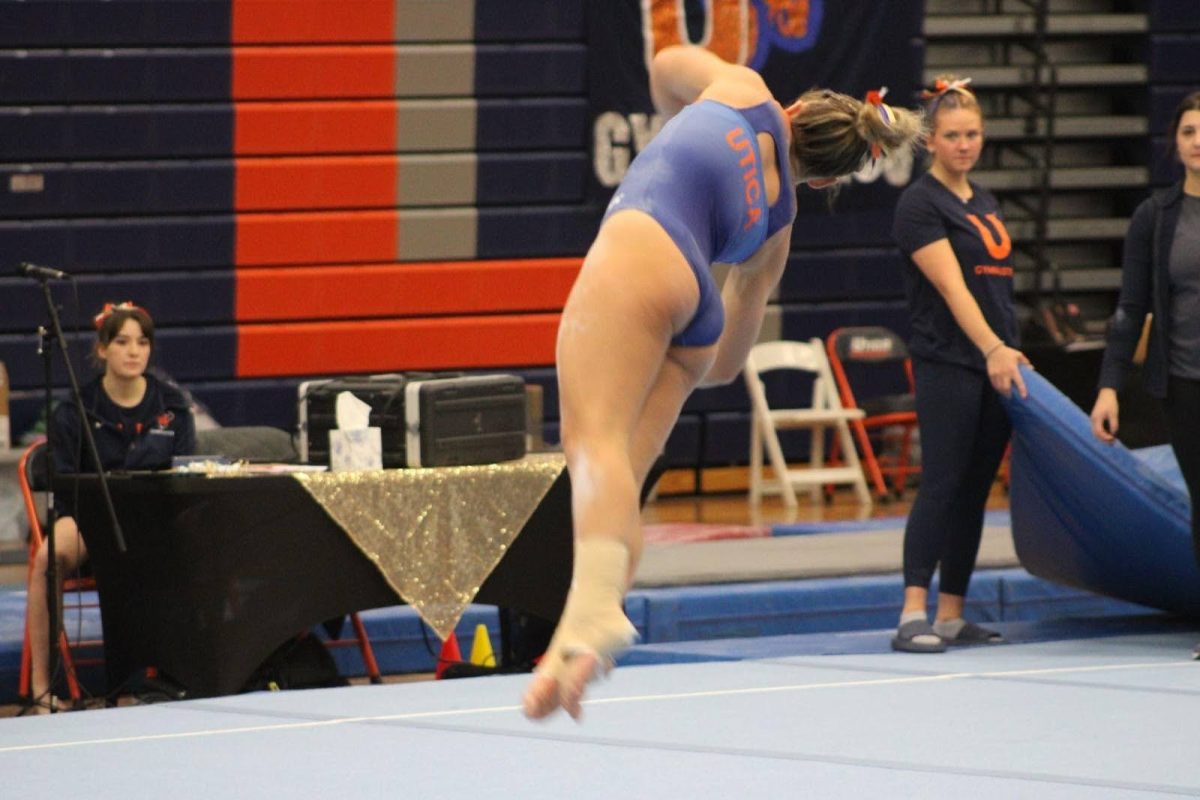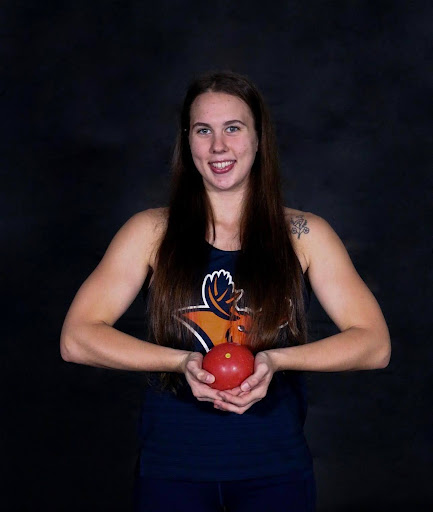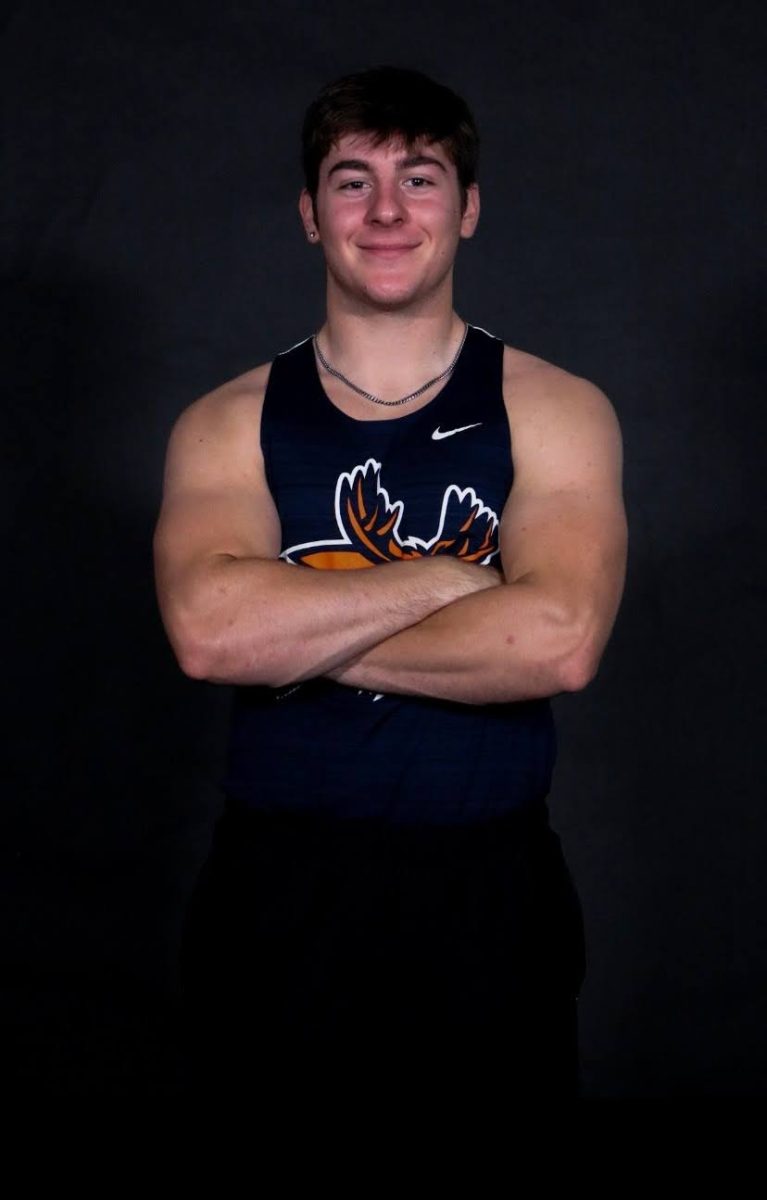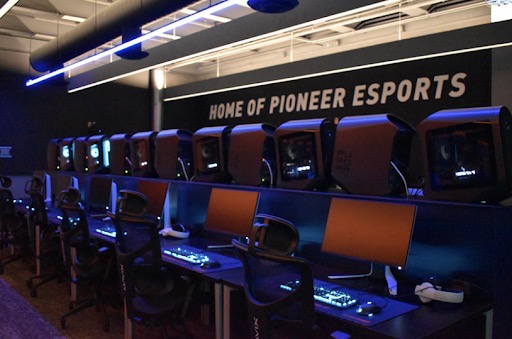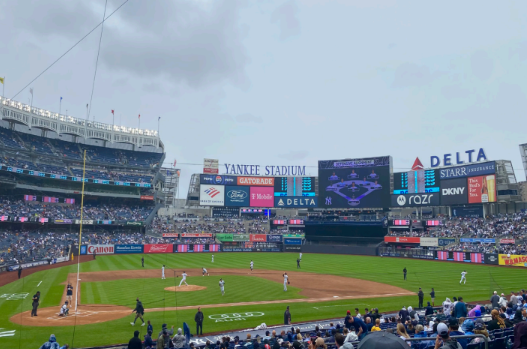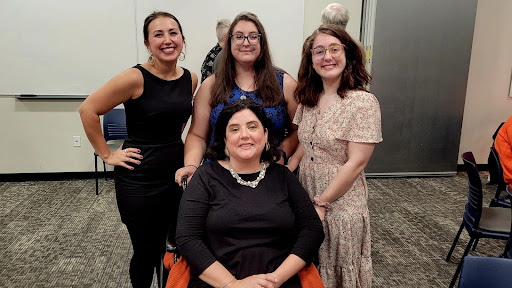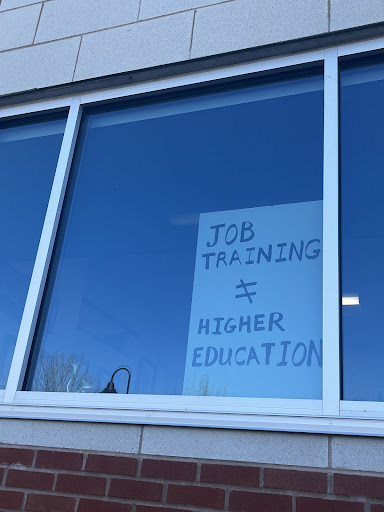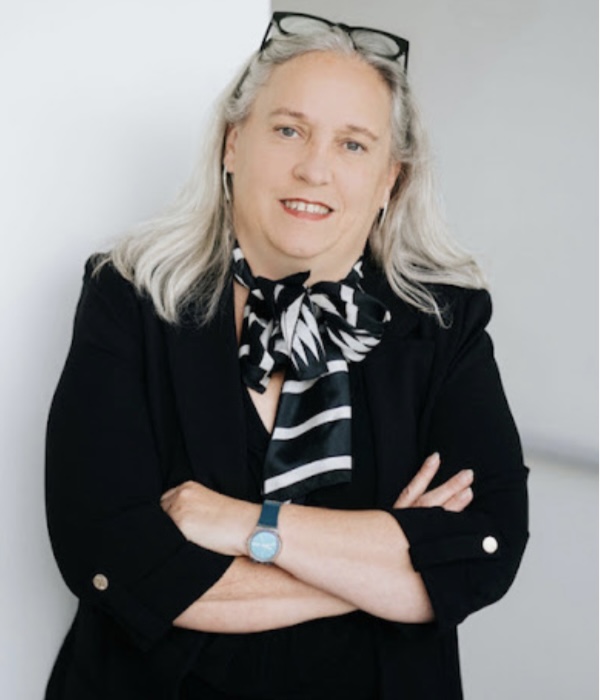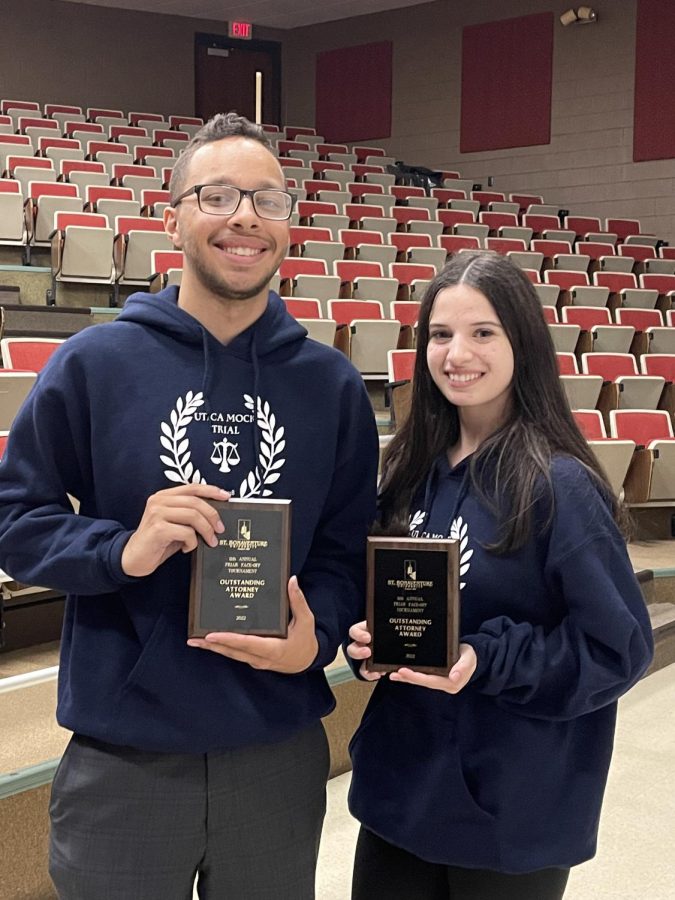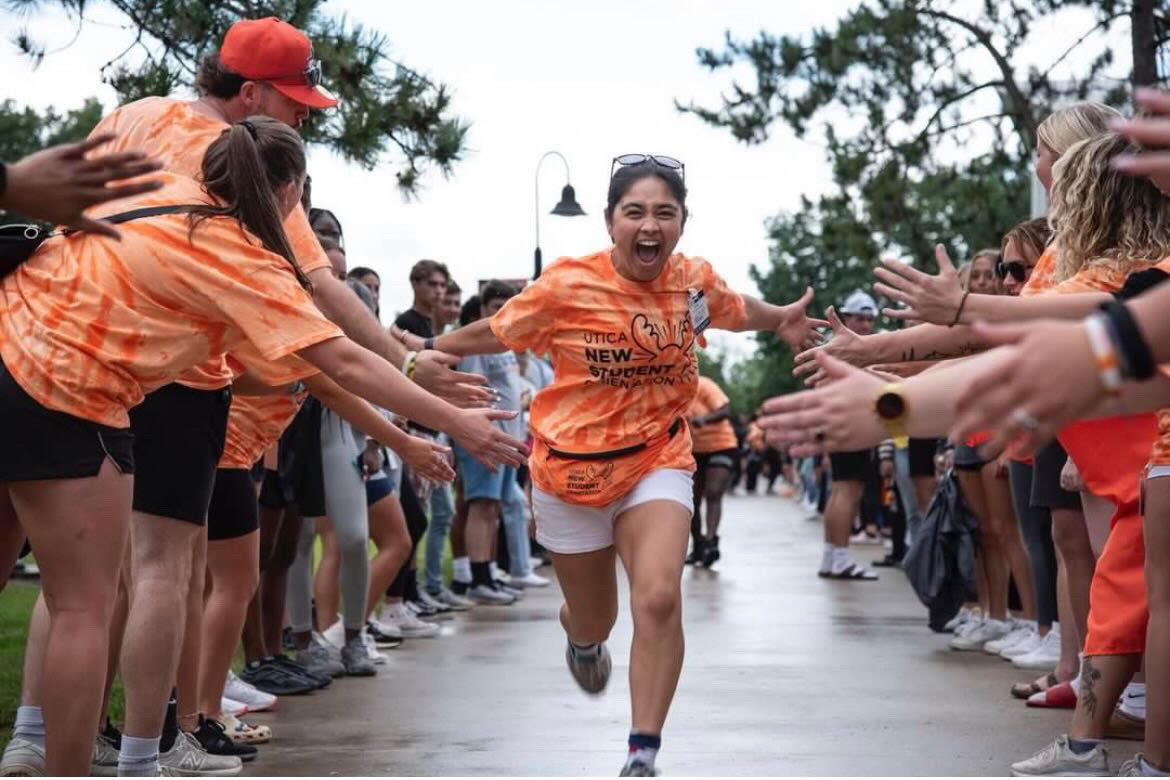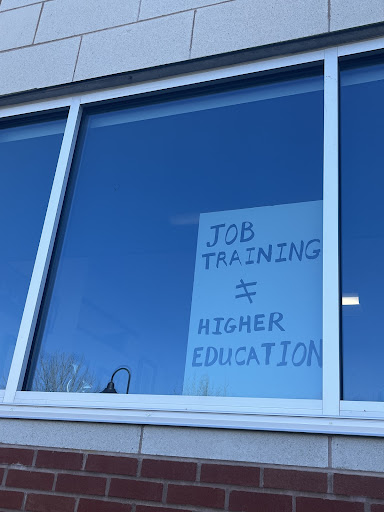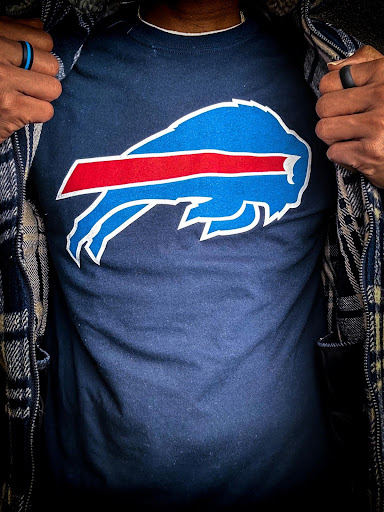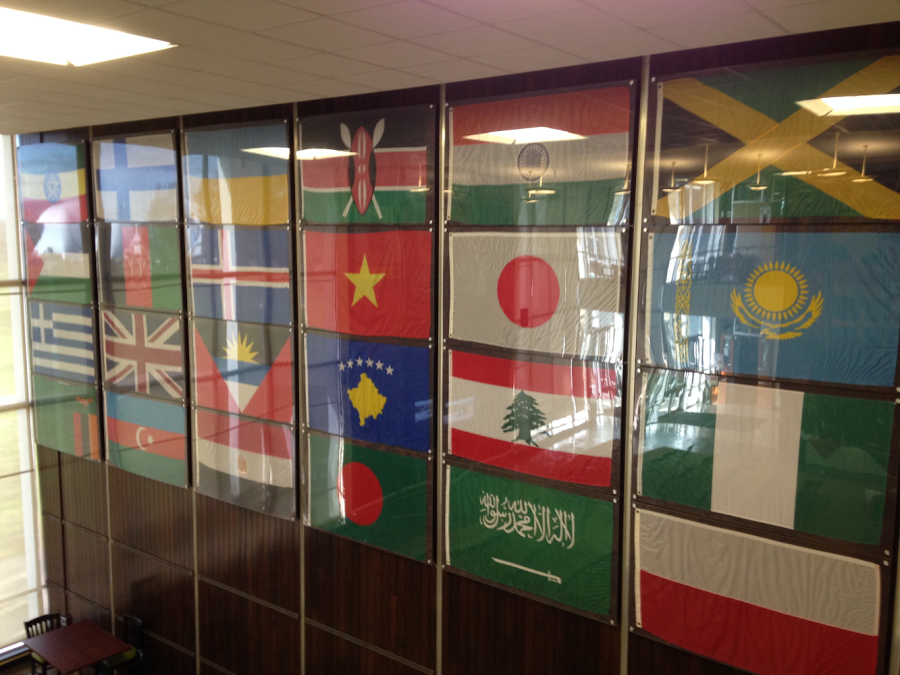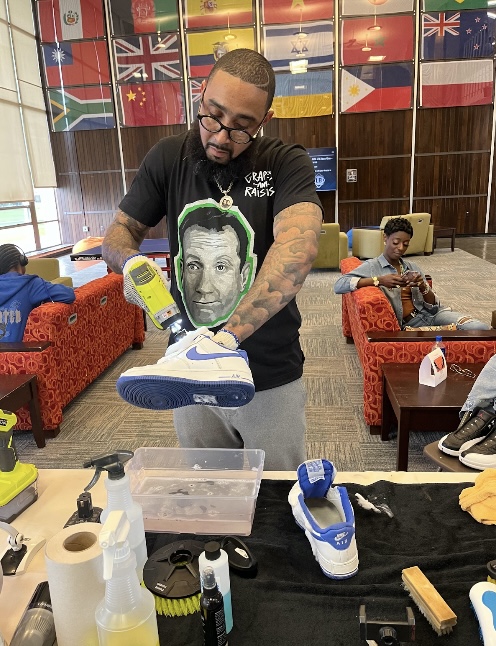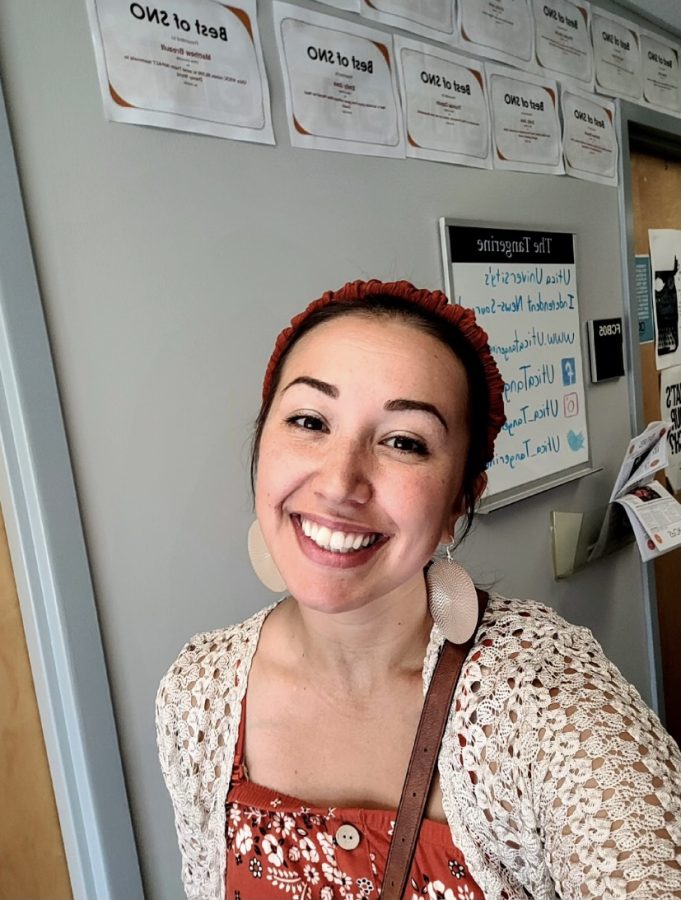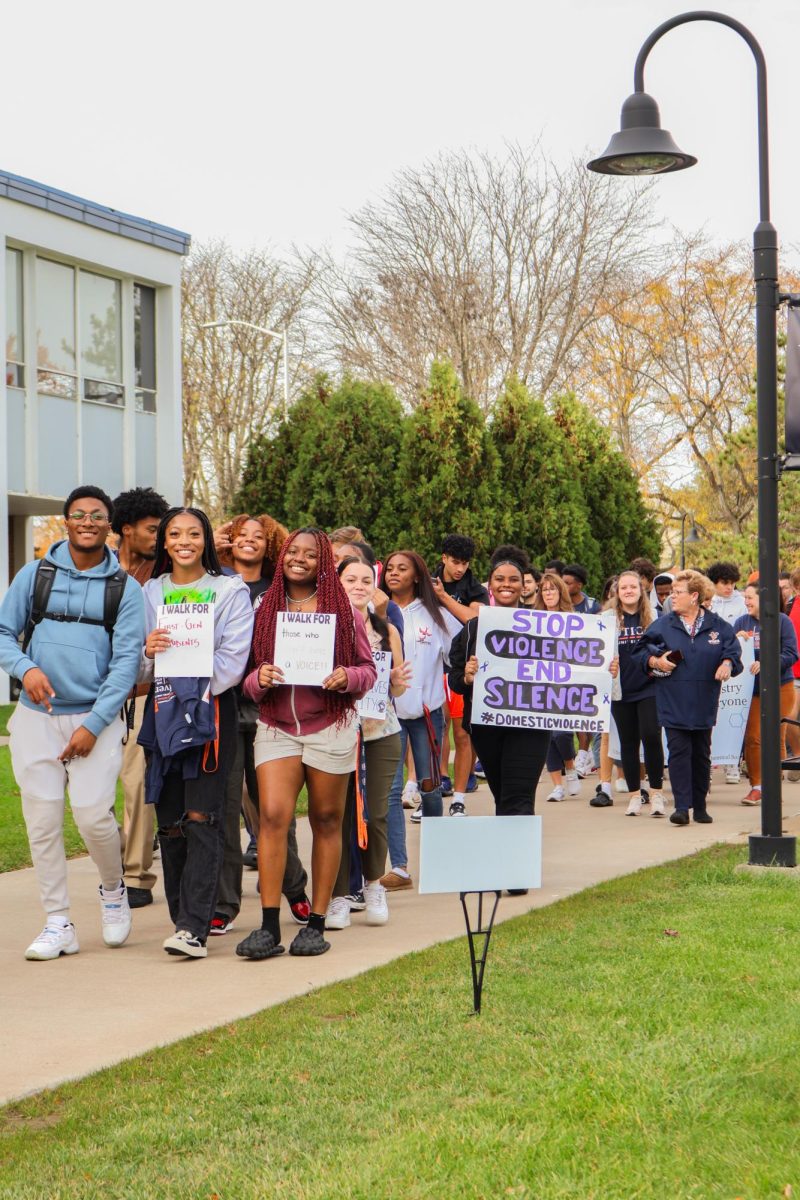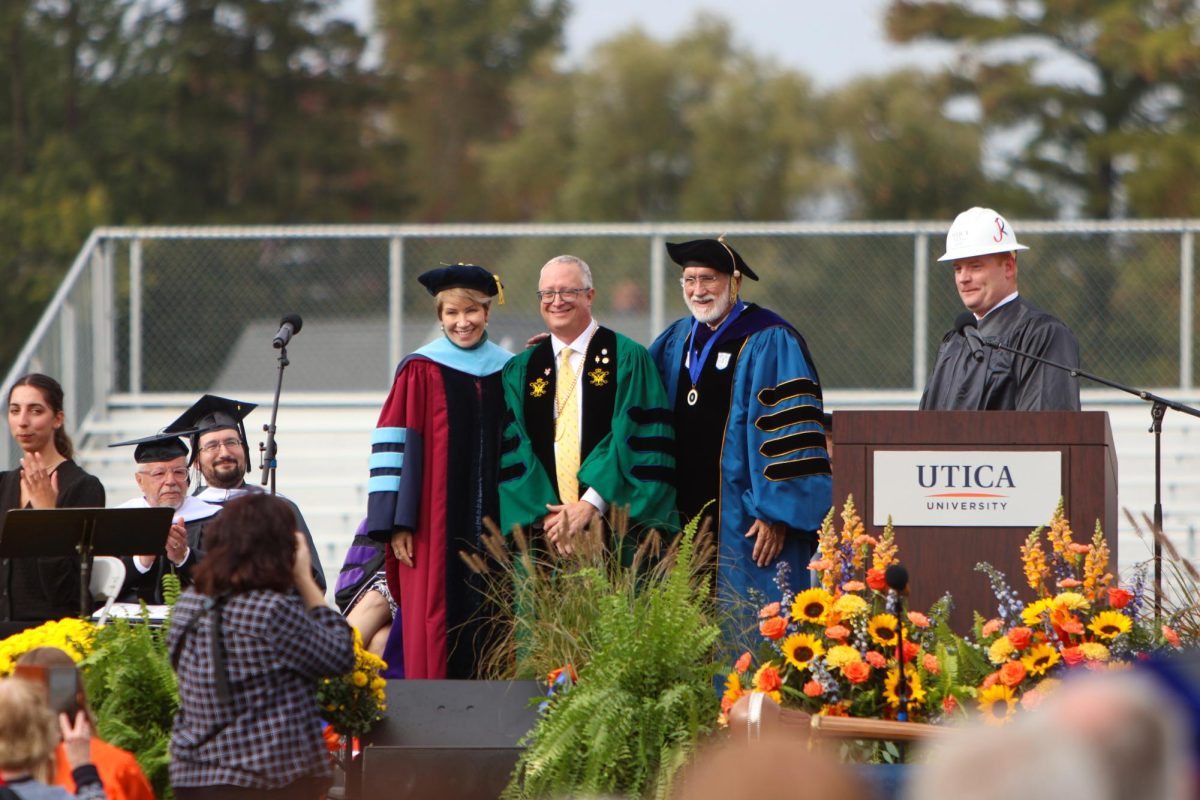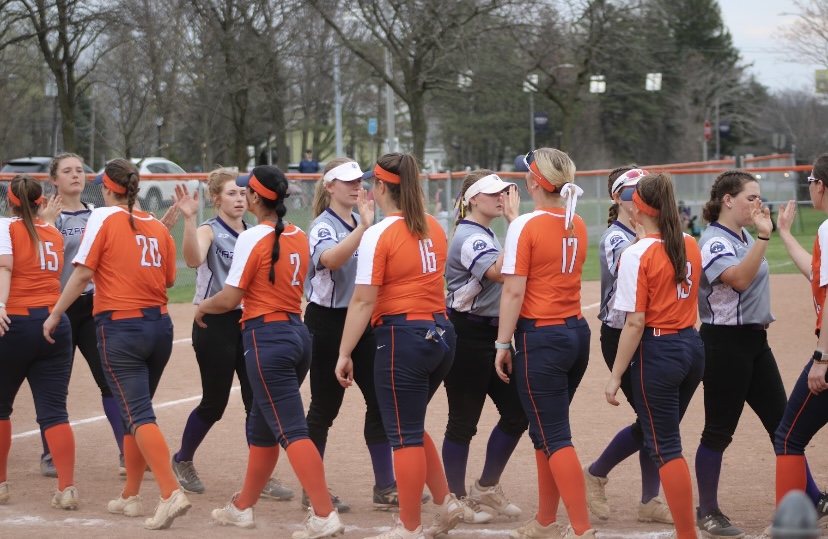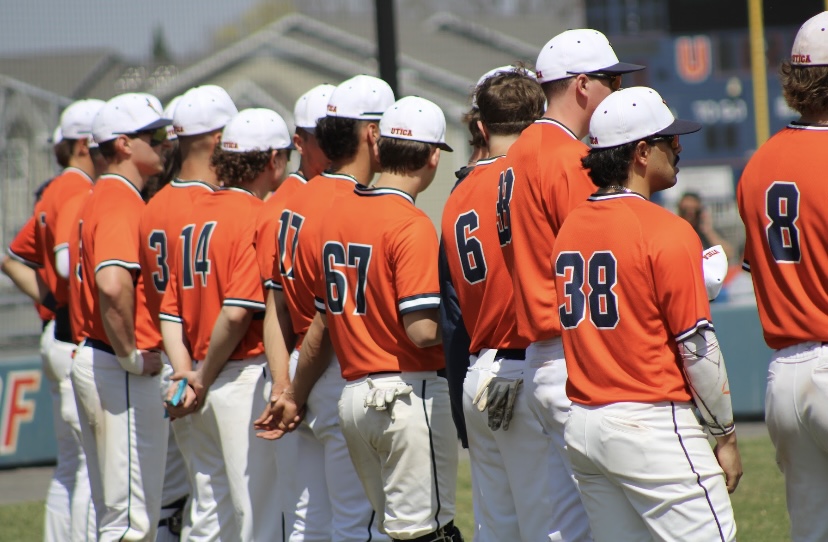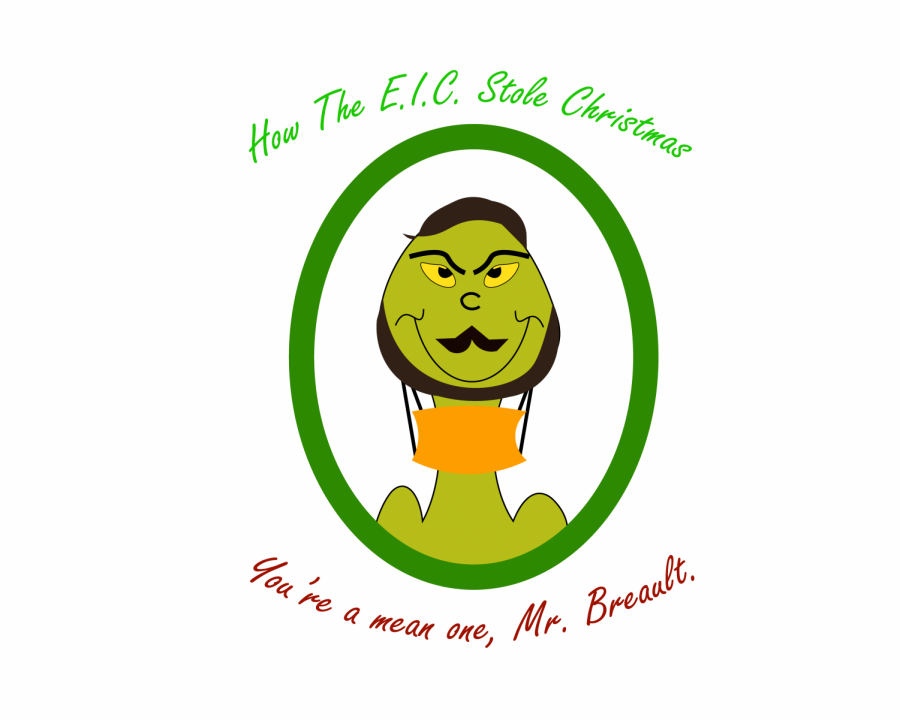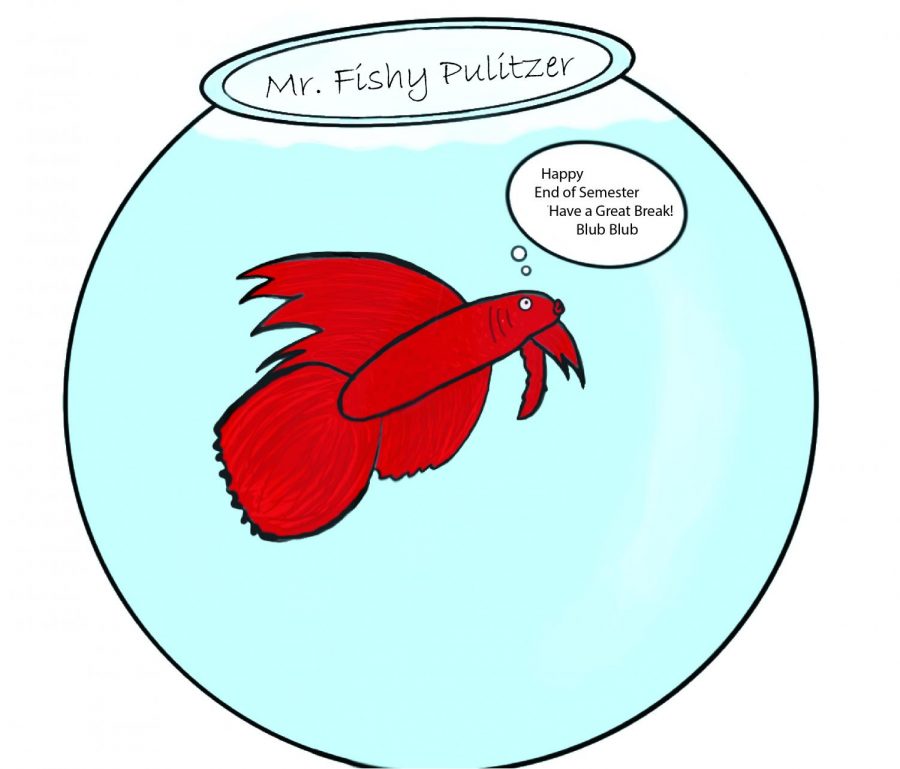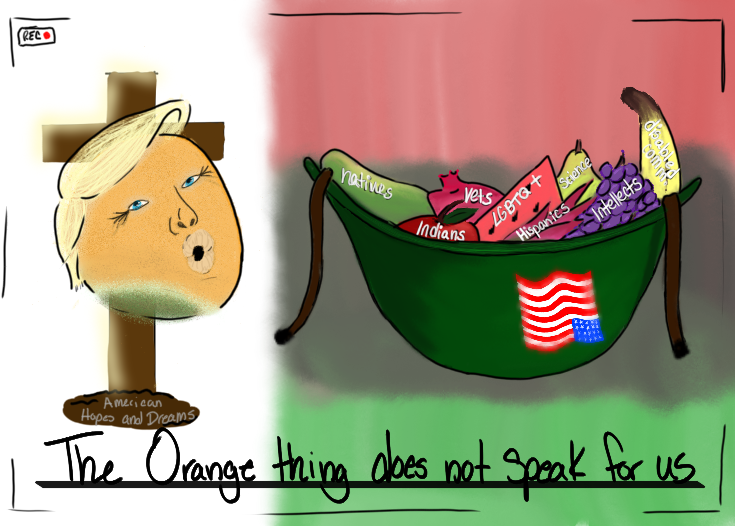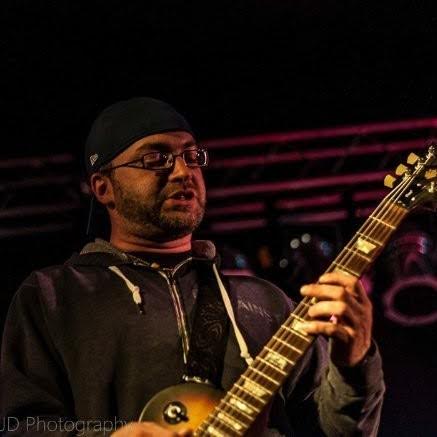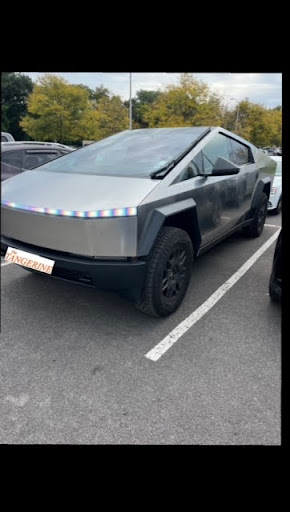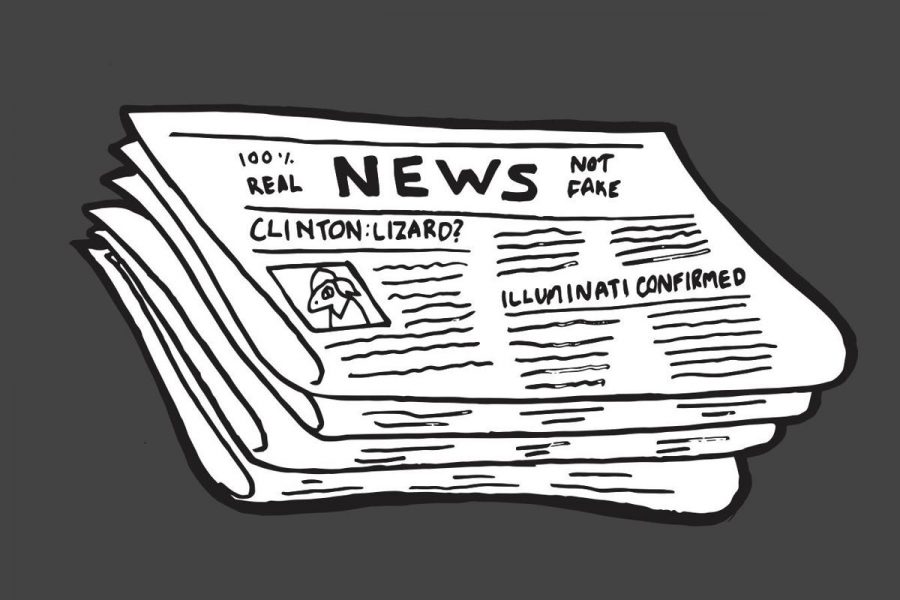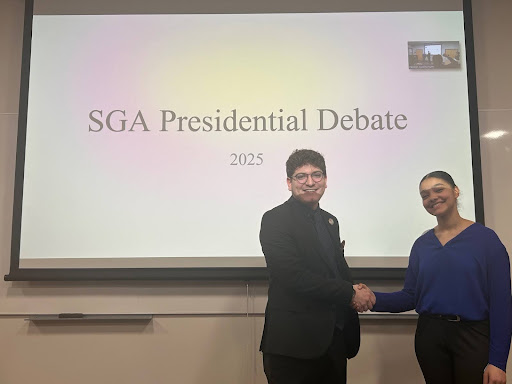Maria M. Silva, Special Assignments Reporter
On Nov. 7, students and professors will be able to test their knowledge on media literacy by participating in the event “Can You Spot Fake News?” organized by professors Elizabeth Threadgill and Brett Orzechowski. The event will be held in Carbone Auditorium and it will include a competition for which the participants will be asked to distinguish between truthful or misleading media content.
Media Literacy Week is a national week of events that highlight the importance of media literacy in society, and it is organized by the National Association for Media Literacy Education (NAMLE). Hundreds of colleges and institutions around the country partner up and participate putting on events on media literacy, and promoting its importance, and creating resources to raise awareness about it, according to the NAMLE website.
Media Literacy Week has been taking place nationally for four years, but this will be the first time Utica College participates as one of the partners among hundreds of other higher education institutions.
Threadgill, assistant professor of English at Utica College, has been involved with NAMLE for two years now, and has been planning the event since the summer.
Although the public is encountered with media messages every day, not all media consumers are familiarized with the term media literacy.
“Media literacy is defined as the ability to access, analyze, evaluate and communicate about and through media,” Threadgill explained.
The event will focus on fake news, but in fact, this phenomenon is only a small part of what media literacy entails.
“It is now definitely a time when fake news has kind of blossomed,” she said. “People are not researching what they see on social media. They may see something and perceive it as true because a friend that they trust posted it and they might not look into it.”
The week of events will take place throughout the country, including elementary schools, libraries, colleges or community centers, “just to make sure that the broadest area of people can learn what media literacy is and be more conscious of their choices,” the English professor explained.
The “Can You Spot Fake News?” event follows the same line, but in a more narrow environment. Orzechowski, professor of Media and Management, teamed up with Threadgill in putting on an event that will include a “learning component” because “if there is interaction, students seem to better absorb the content,” he said.
The event is modeled after a few traditional game shows and it will require participants, who will be first randomly chosen, to assess four different pieces of media and say if they are either real or fake.
“What’s an added bonus is that after each tweet, story, video or photo, I’ll give the right answer and why, and what to look for,” Orzechowski explained.
Orzechowski also stressed the importance of paying close attention to small pieces of evidence that reveal the credibility of a media piece, “the little things that the eye doesn’t pick up on,” as he defined them. “It’s important because, for instance, on a website, a news story may look real, but the URL may be fake,” he pointed out. “There are twelve or thirteen different ways that people can distinguish what’s real and what’s not, and some of them are very tough.”
Both professors agreed that being able to spot fake news is a significant skill to have.
“Outside of the Communication major, not only students but the general population has a tough time to really figure out what’s real and what’s fake,” Orzechowski said, and “the term fake news is being used kind of liberally nowadays.”
For Threadgill, being able to sort through media content and to know what’s true, credible, is a “good knowledge at any given time.”
“It makes you a good critical thinker, it makes you stop and question things, and to realize that our perspective is not the only perspective out there, there are more diverse points of view,” she said.
Fake news comes in very diverse forms and types of content and Threadgill warns that it can trick anyone.
“That’s why the event will be a fun way for people to test out their knowledge and it will also be an eye-opener because people who think they may not be as good as they thought at spotting fake news when they encounter things such as deep fake videos,” she said.
Media Literacy Week is important because in today’s world, the “media is more pervasive, persistent and participatory than ever before. We carry devices in our pocket from which we can access media at any given time,” Threadgill said.
Holding this event coming from different academic departments is rather a positive factor for Orzechowski.
“It is very interesting when different disciplines come together to put on events, because we get to look at the same issue through different ways, and we should have more team efforts,” he said.
Threadgill agreed.
“I think it’s important to do interdisciplinary work,” she said. “If we are helping our future business owners or journalists to be more media literate, then that is something that they can pass down to their employees, or to other people through the pieces they publish,” she added. “It’s important to reach the widest population possible.”

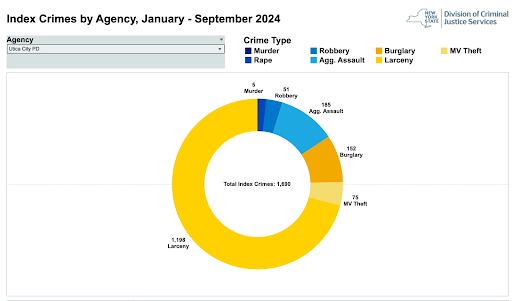

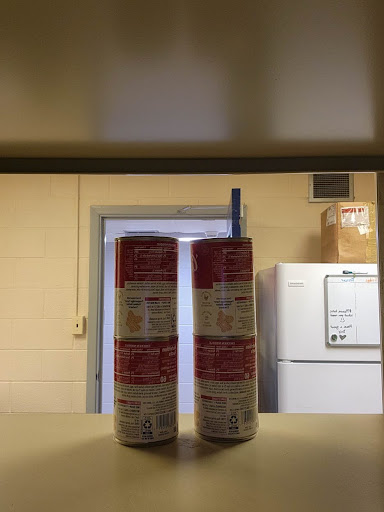

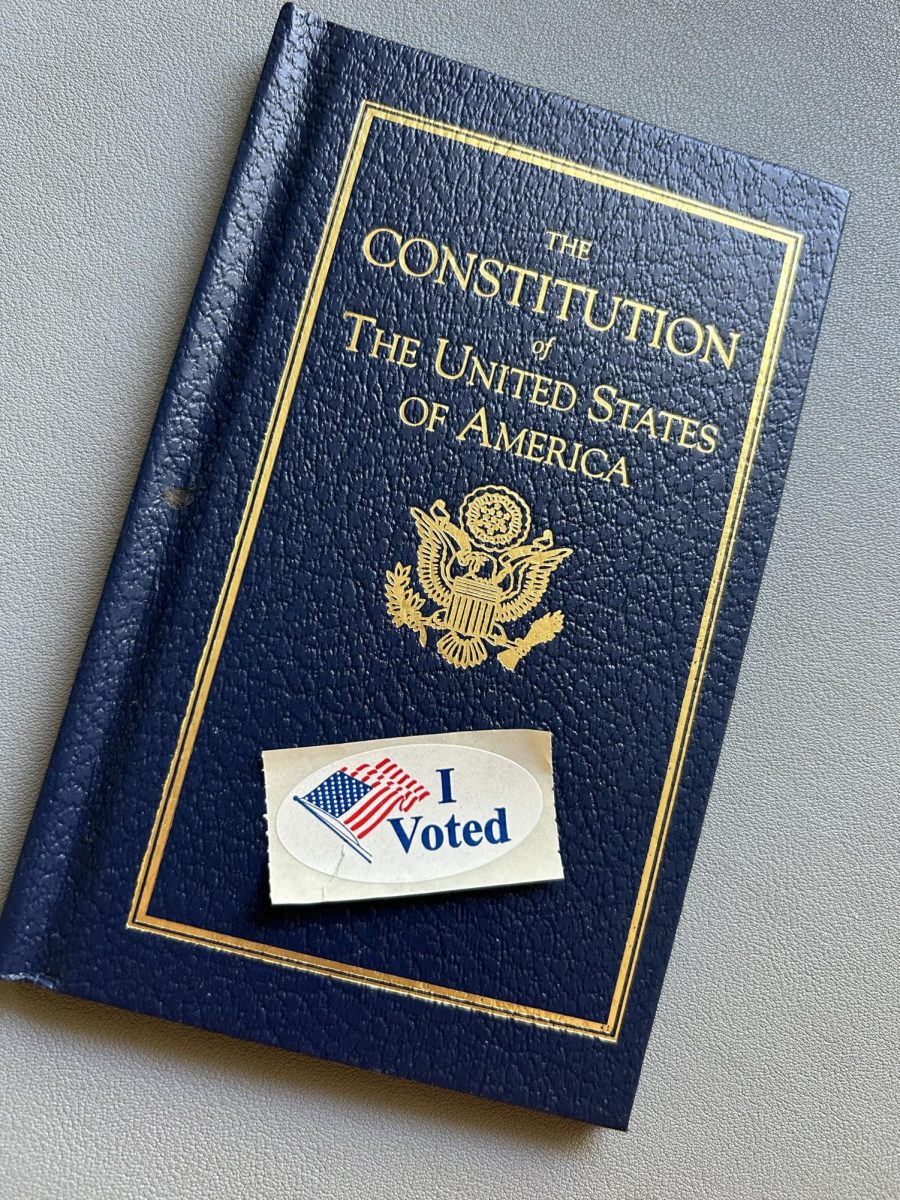

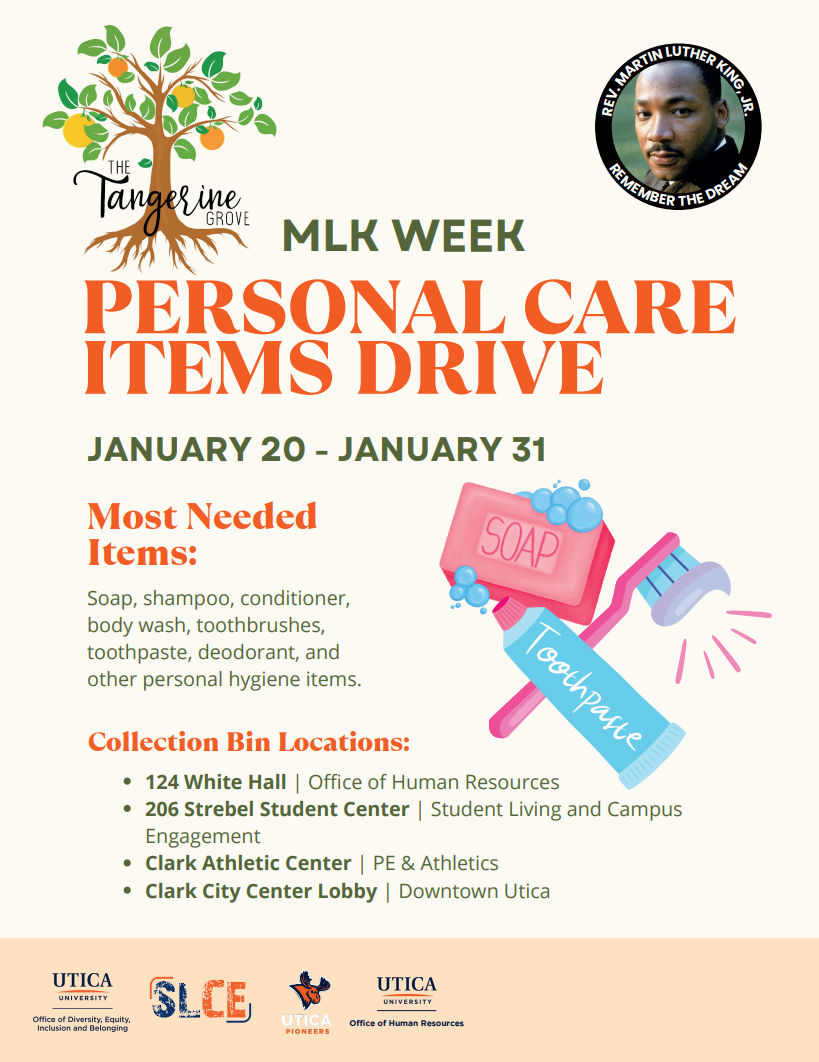

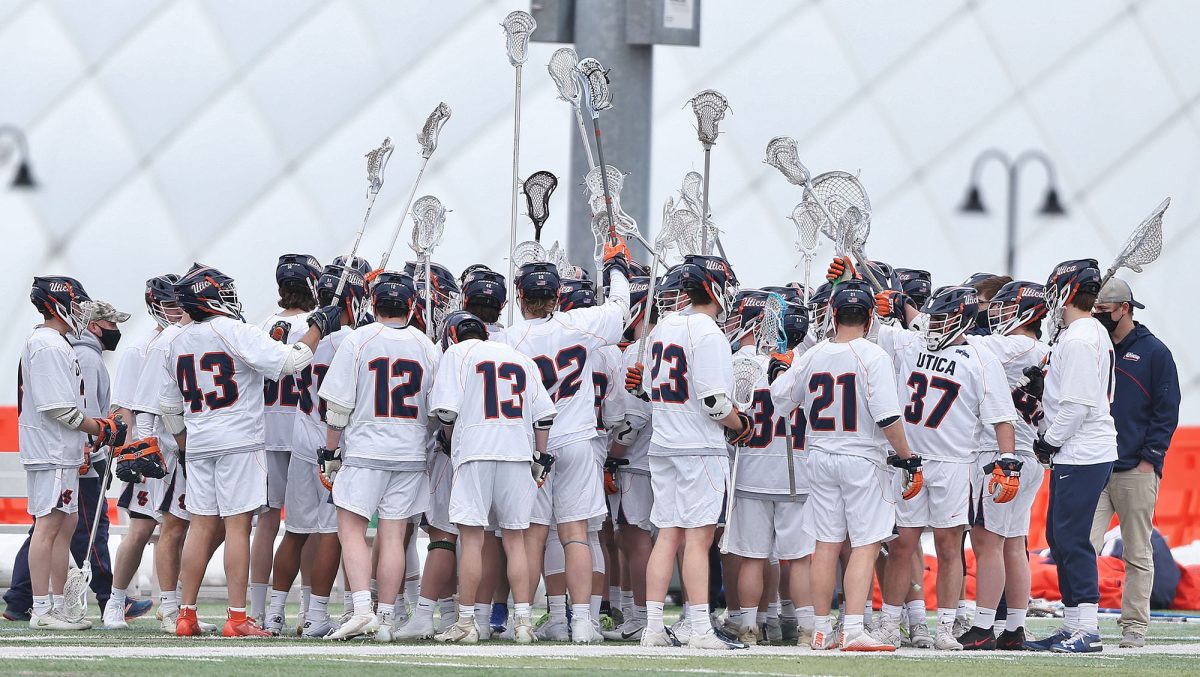
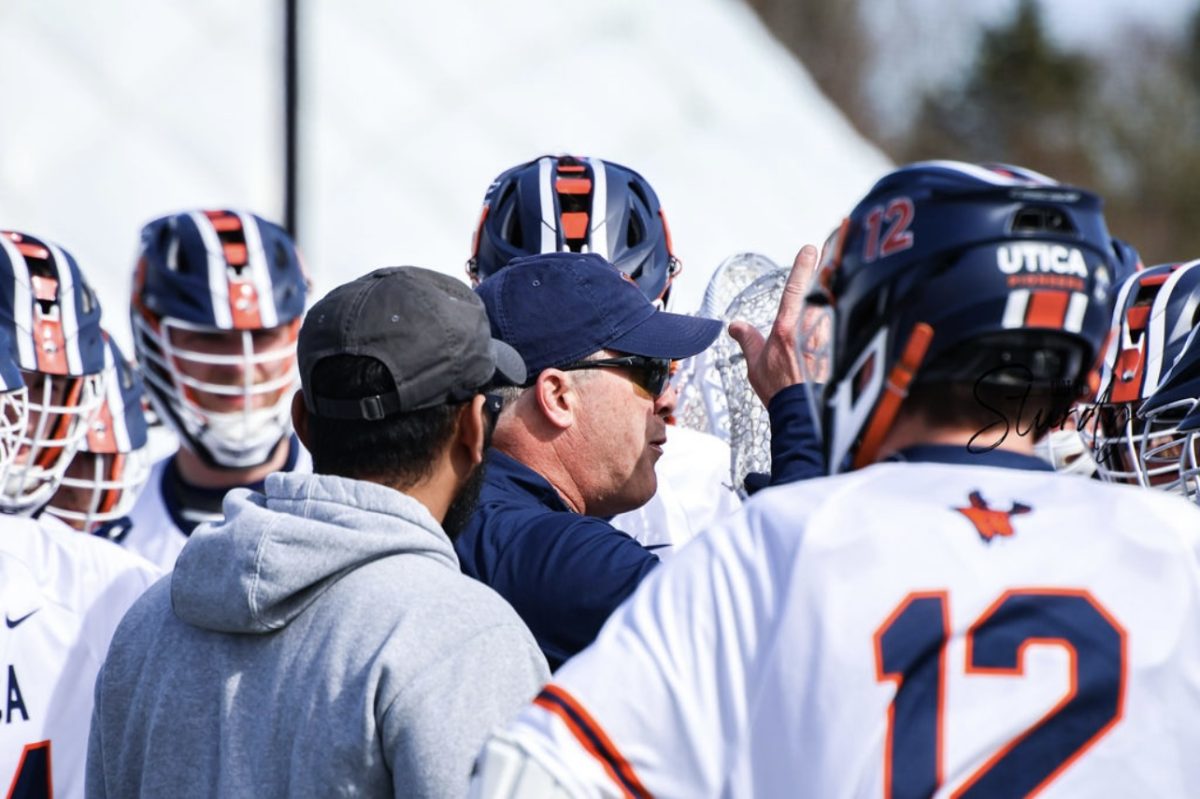
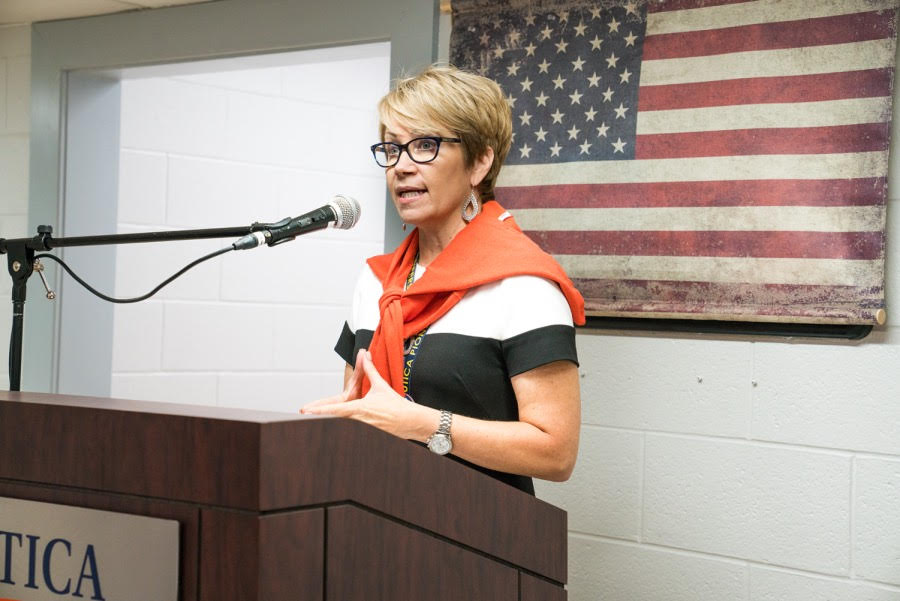
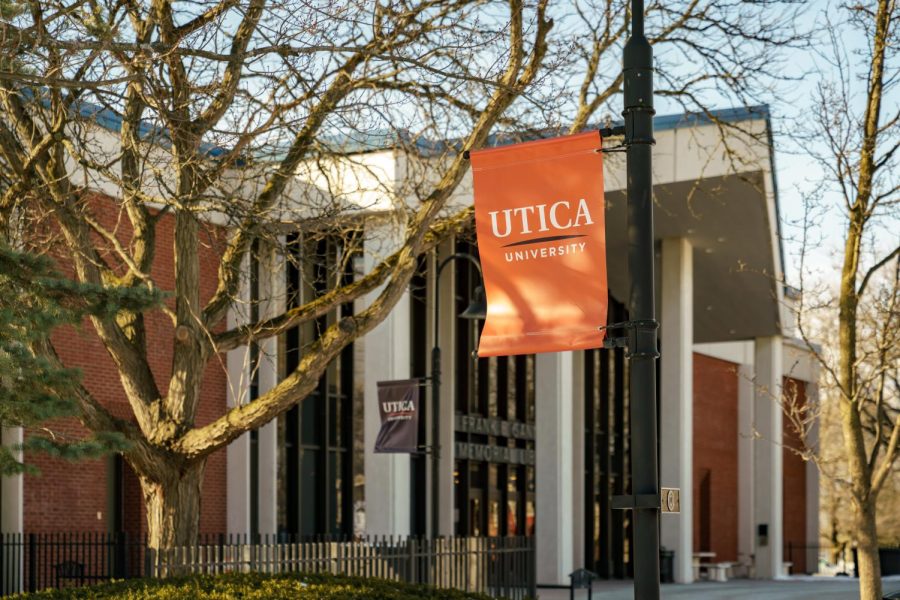
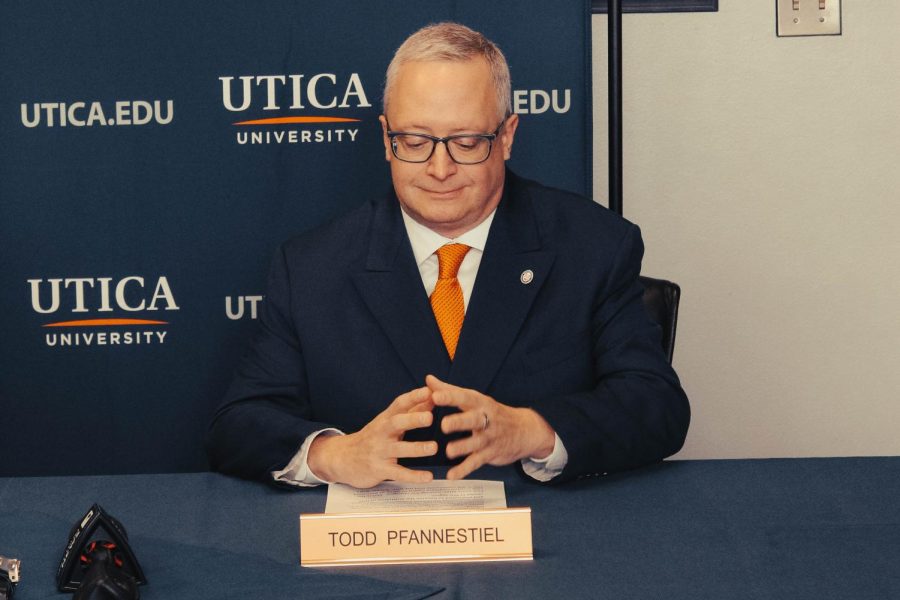

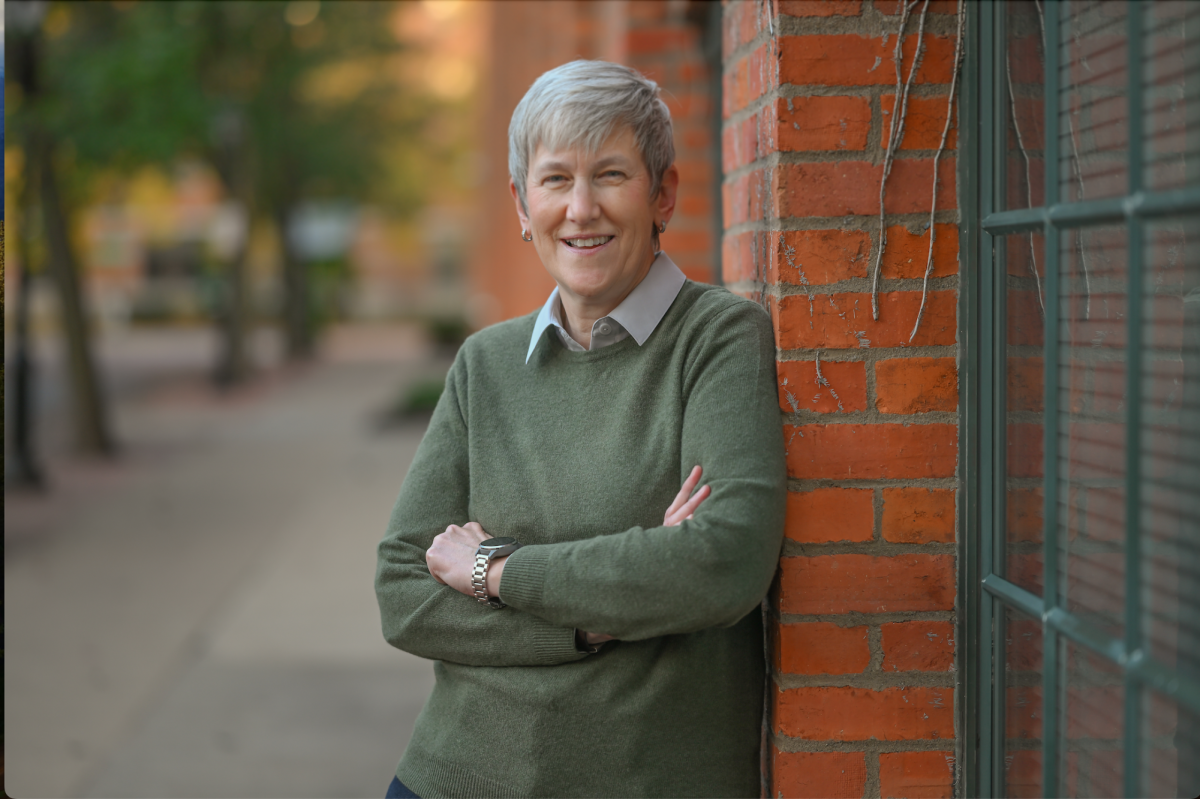
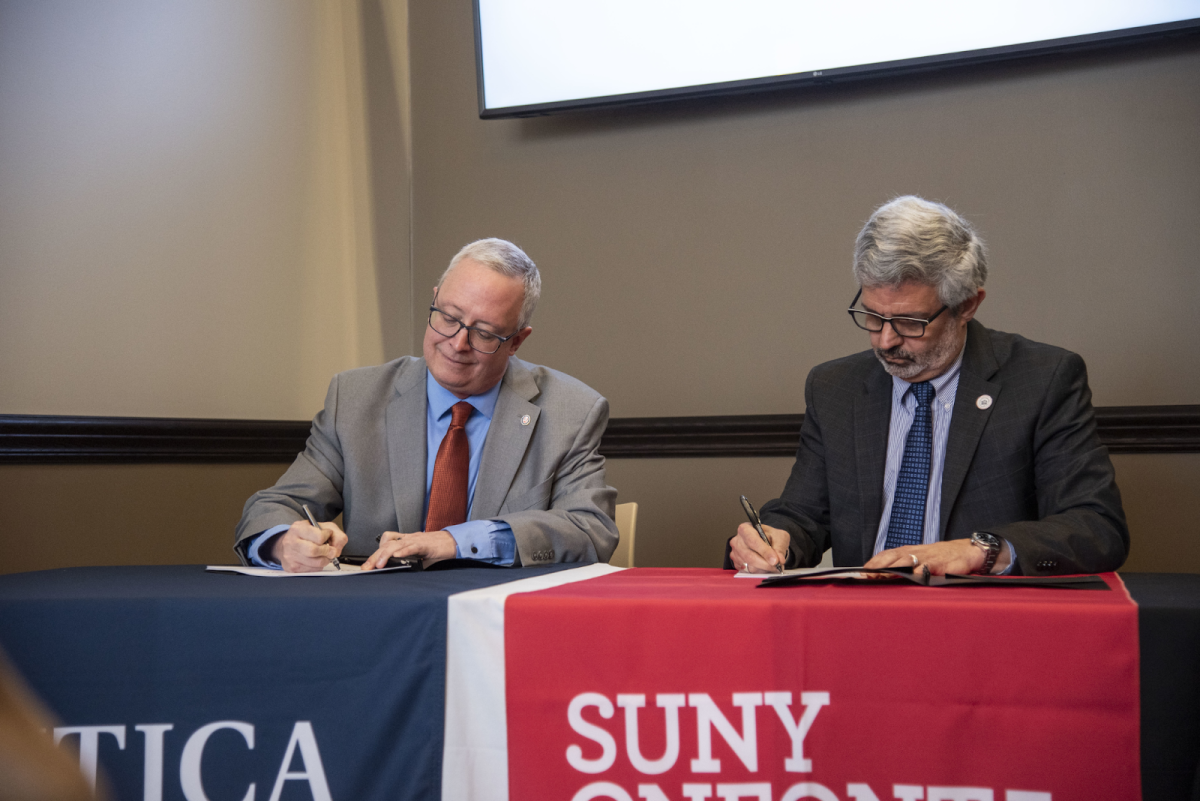
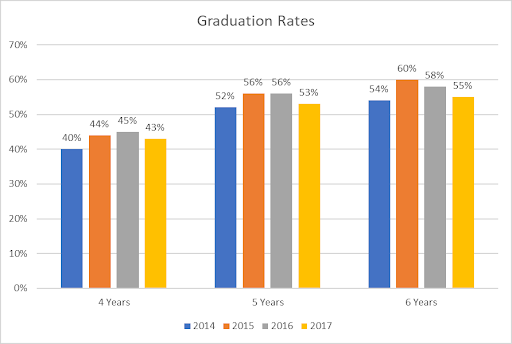
![President Todd Pfannestiel poses with Jeremy Thurston chairperson Board of Trustees [left] and former chairperson Robert Brvenik [right] after accepting the university's institutional charter.](https://uticatangerine.com/wp-content/uploads/2023/10/unnamed.jpeg)
